Stories
-
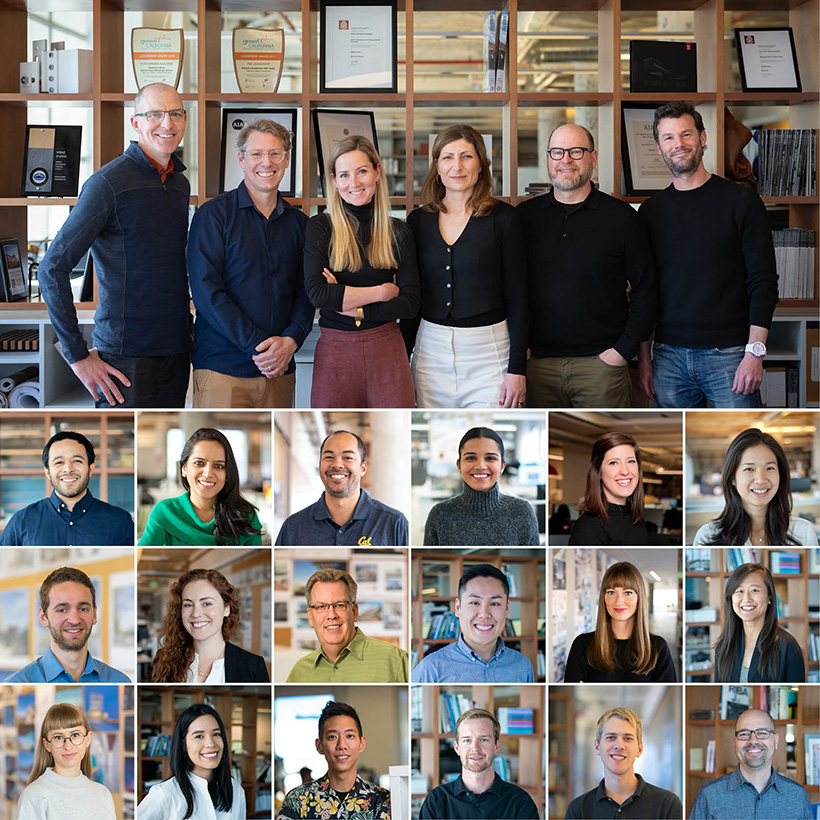
WRNS Studio celebrates 20th anniversary with 24 promotions
-
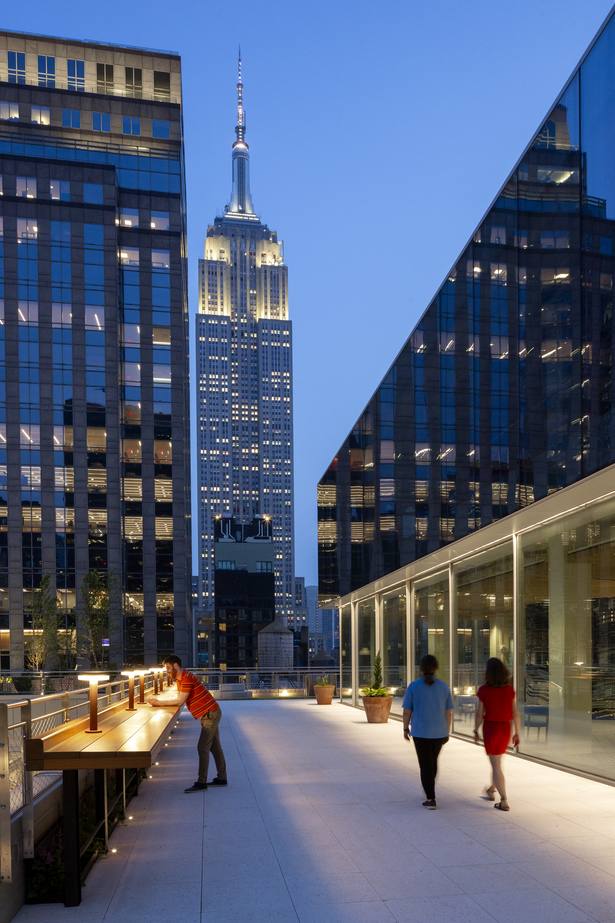
New York Interiors Tap Urban Energy, Celebrate History
-
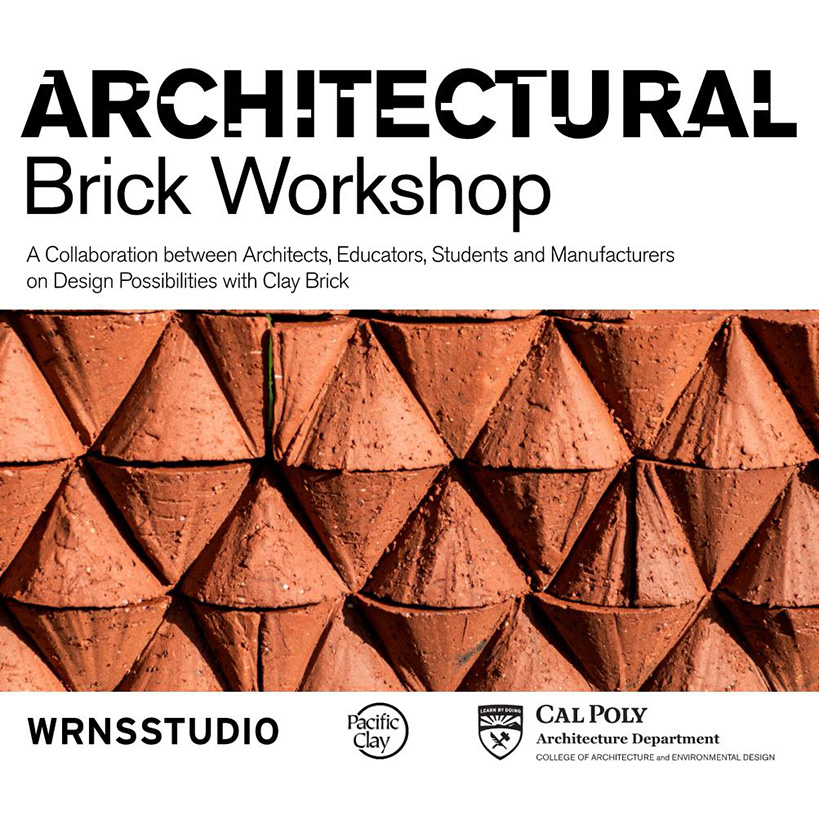
Architectural Brick Workshop
-
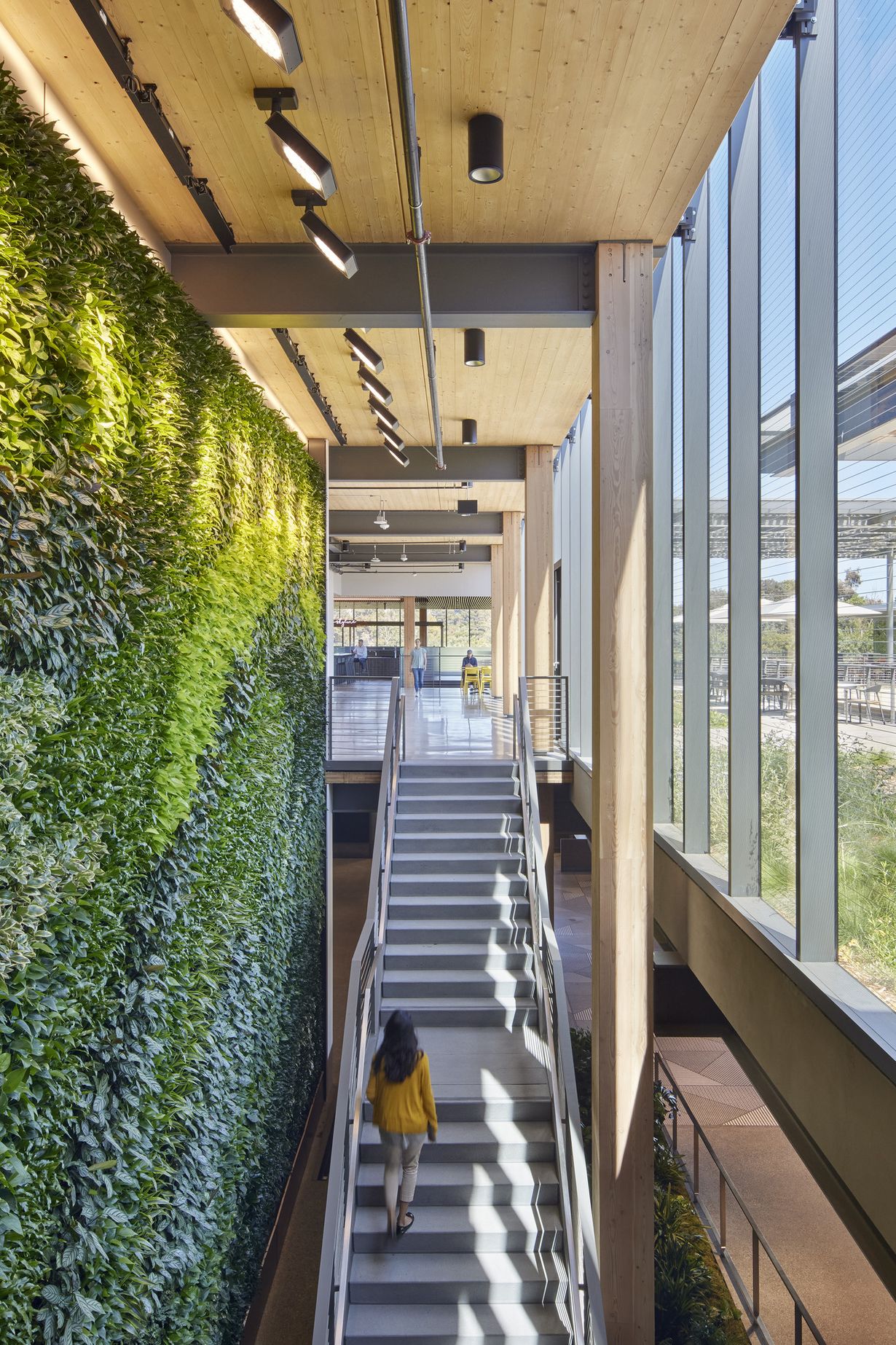
Microsoft Silicon Valley achieves WELL Certification Platinum and IFLI Zero Carbon Certification
-
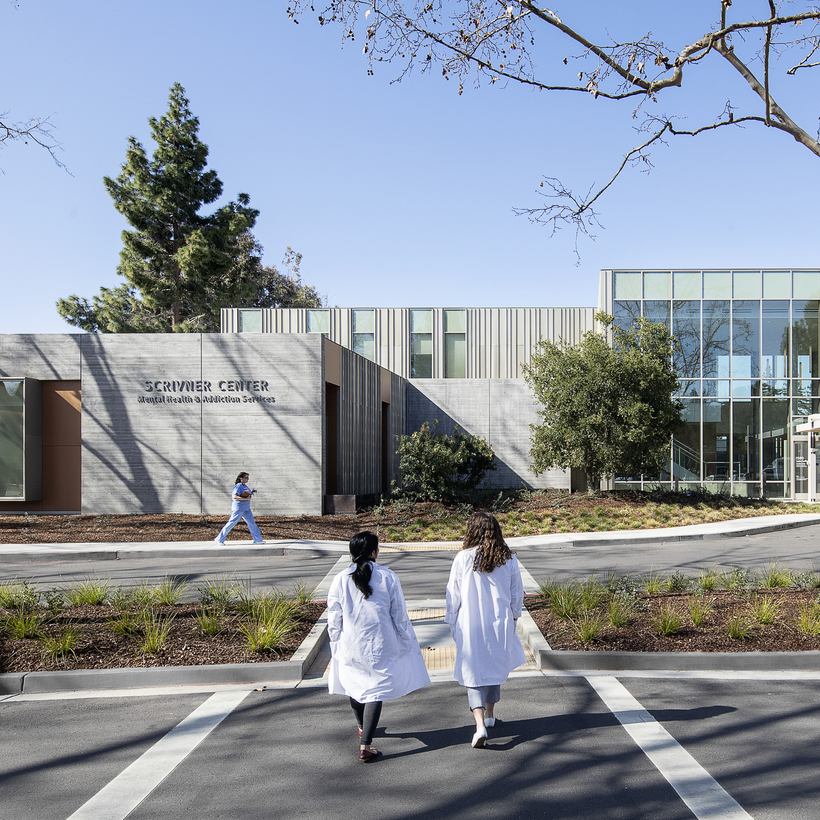
Taube Pavilion Featured in The New York Times
-
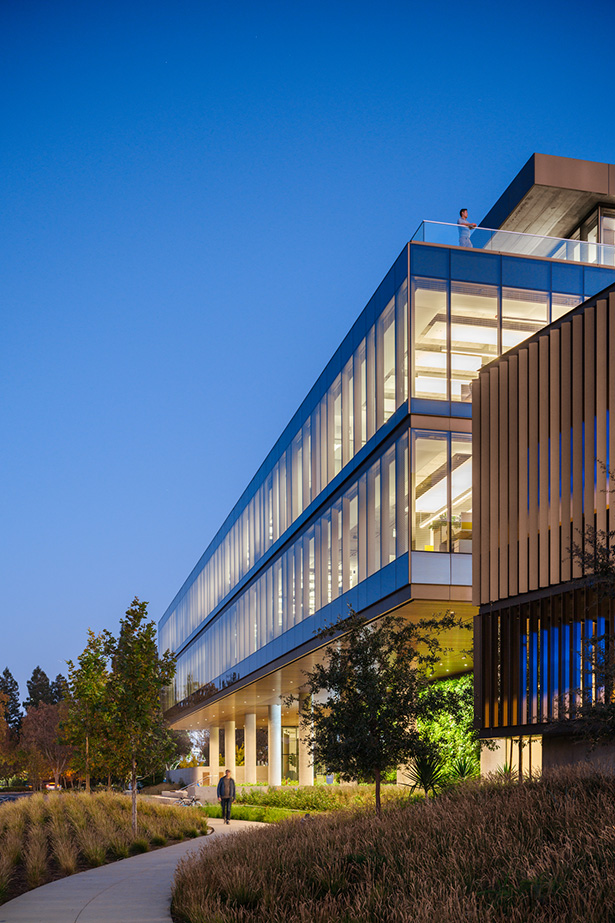
Mountain View, Heart of Silicon Valley, Puts a “There” There
-
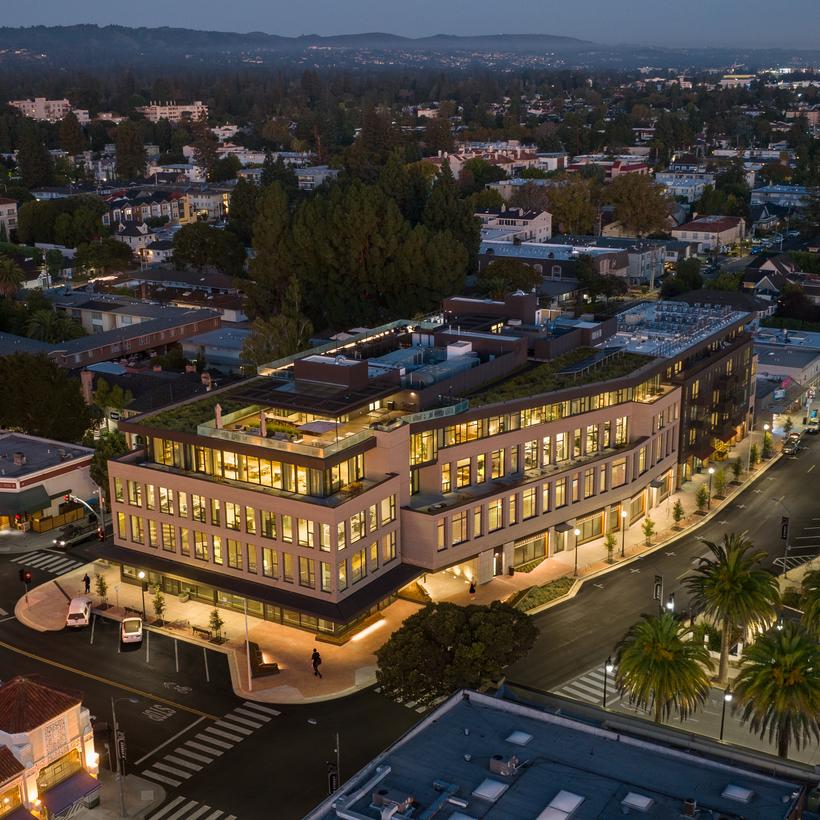
WRNS Studio’s Mixed-Use Brickline Feels Right at Home in San Mateo
-
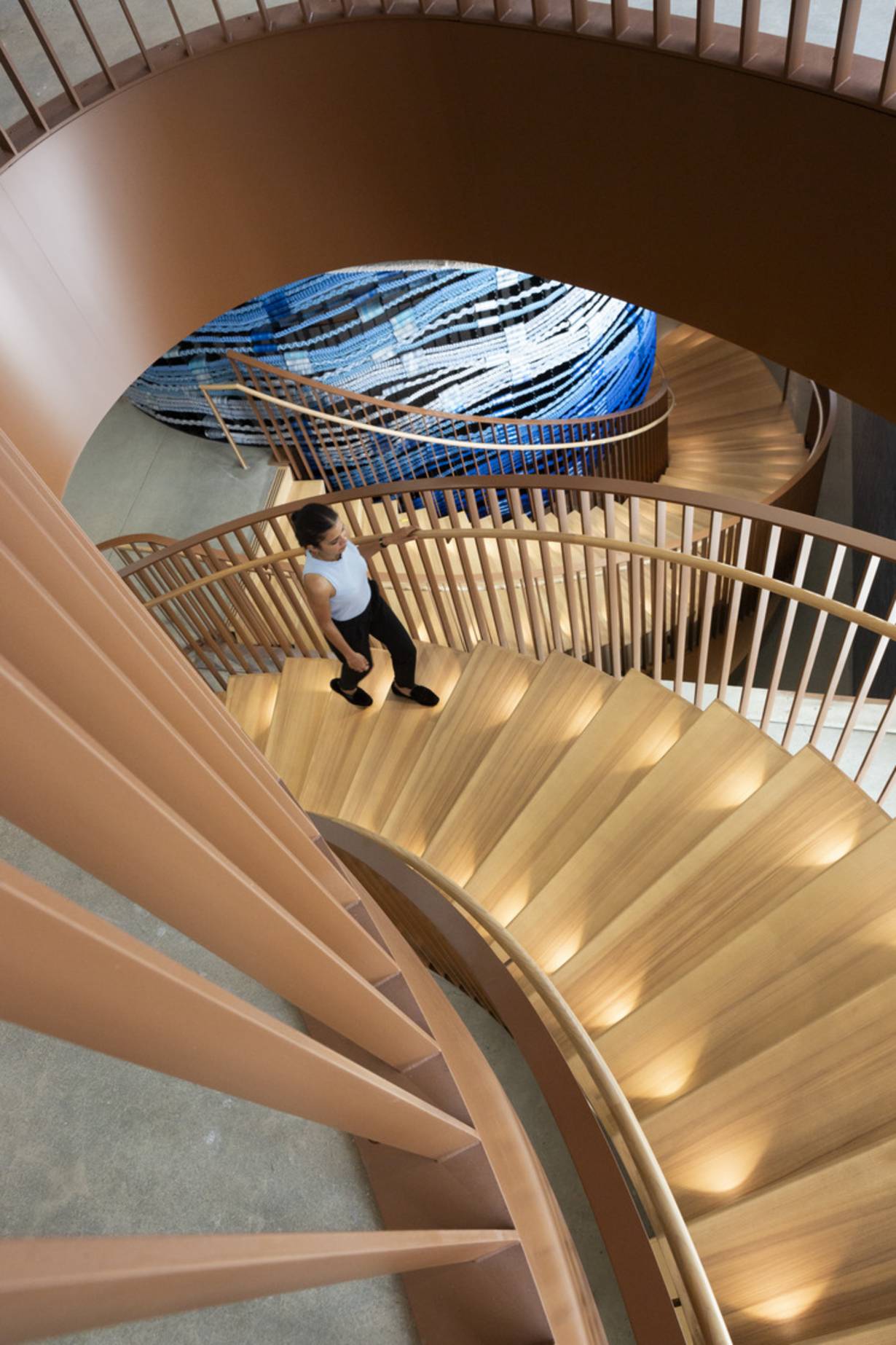
WRNS Studio featured in AN
-

WRNS Studio has been named a Fast Company 2024 World’s Most Innovative Company
-
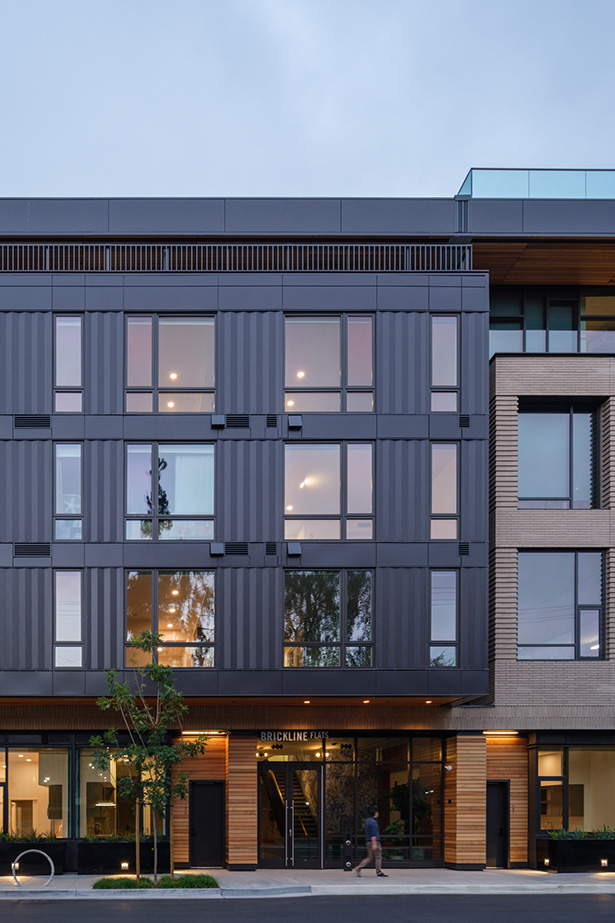
Multifamily Residential: What’s the Antidote to Anytown Architecture?
-
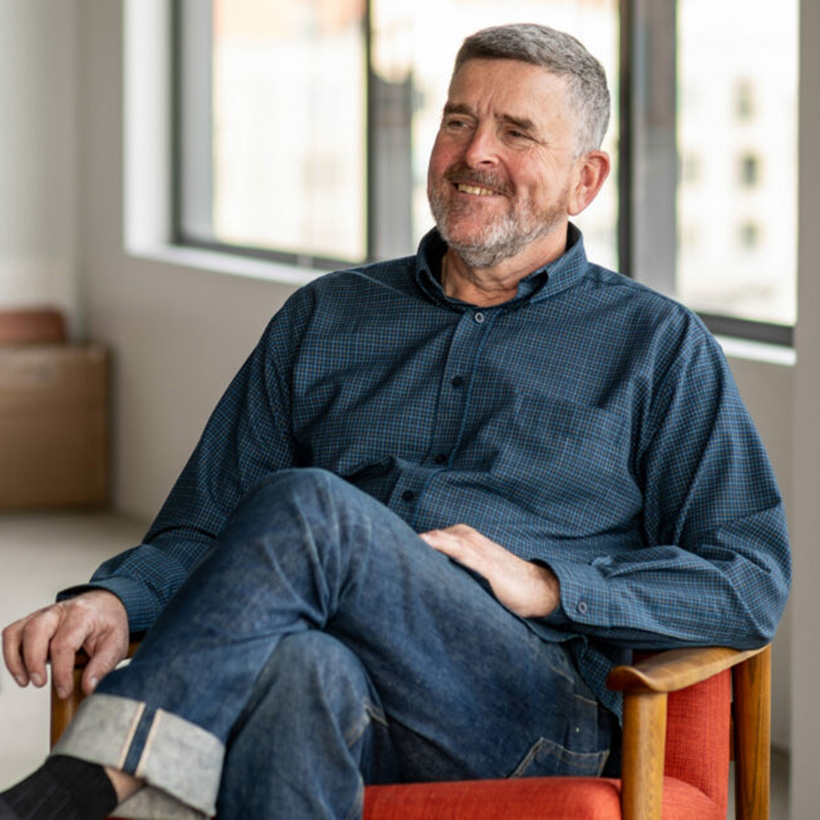
Congratulations Moses Vaughan, FAIA
-
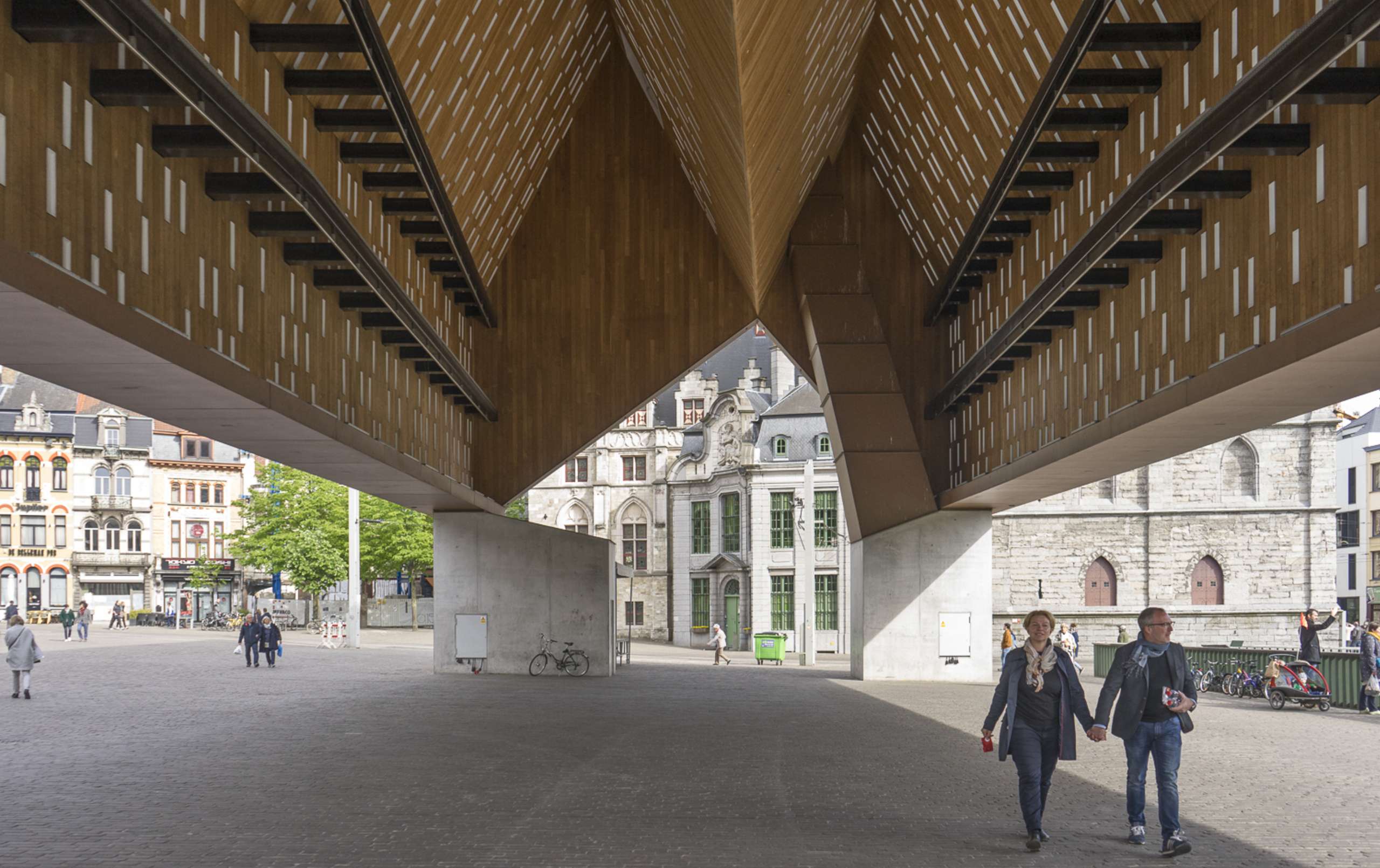
Empathy in the Built Environment
-
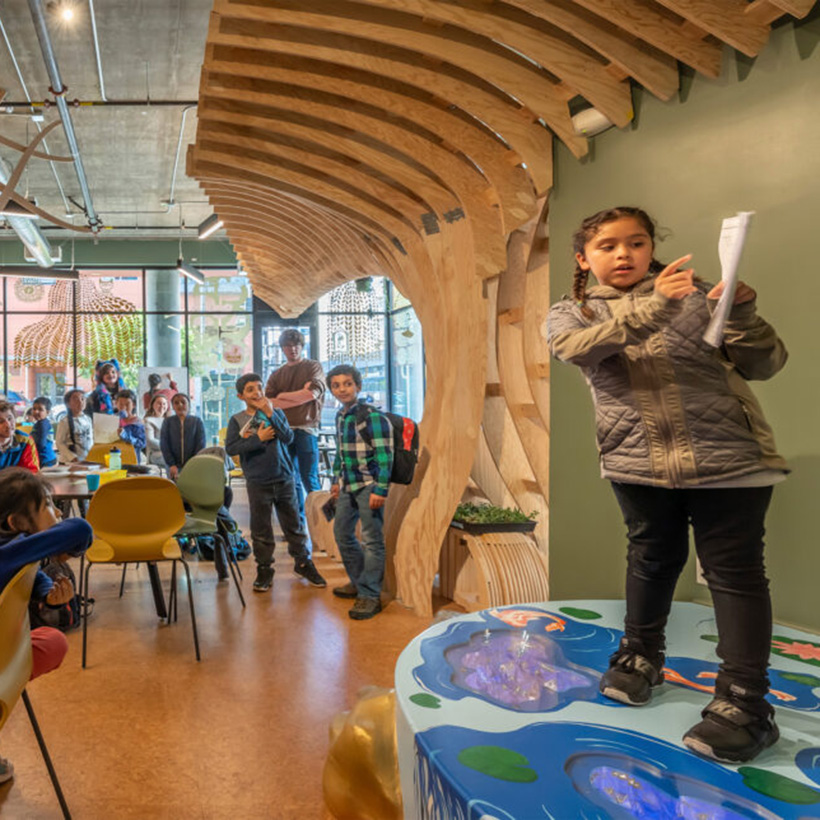
826 Valencia, A Partnership in Adventure, Inventiveness, Play, and Whimsy
-
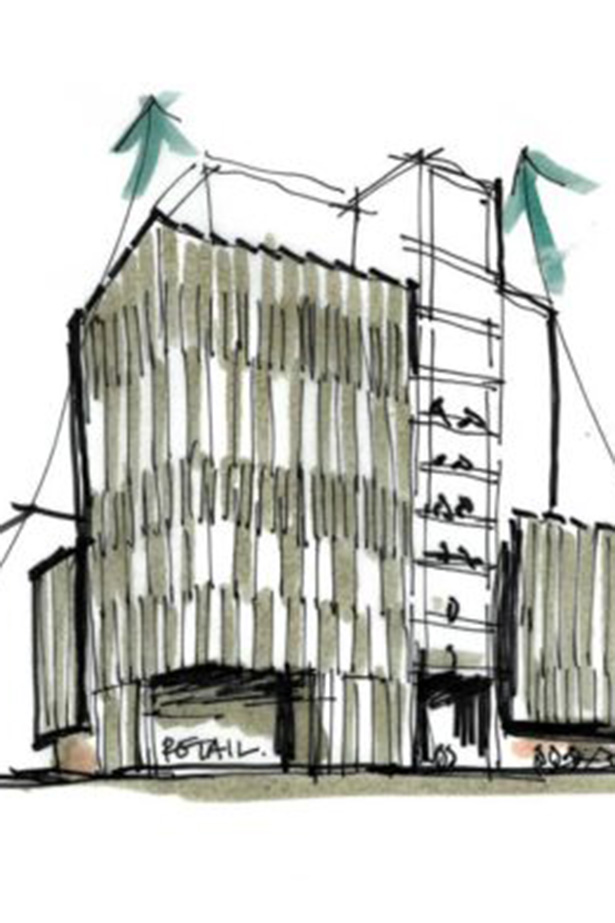
Hand-Drawing in Practice
-
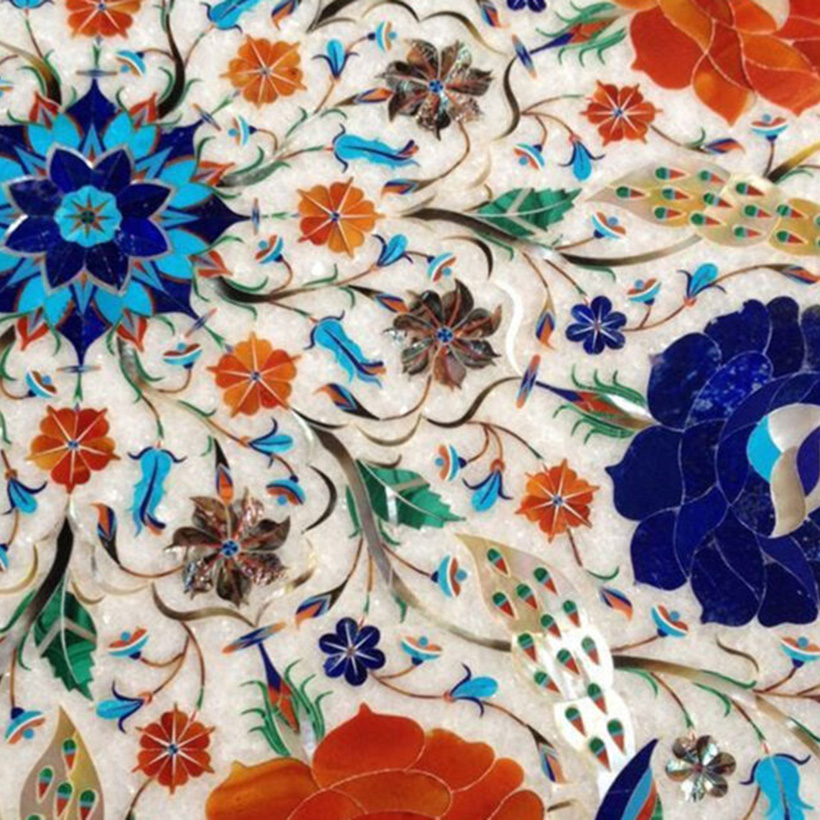
The Art of Making ’Stone In-Lay’
-
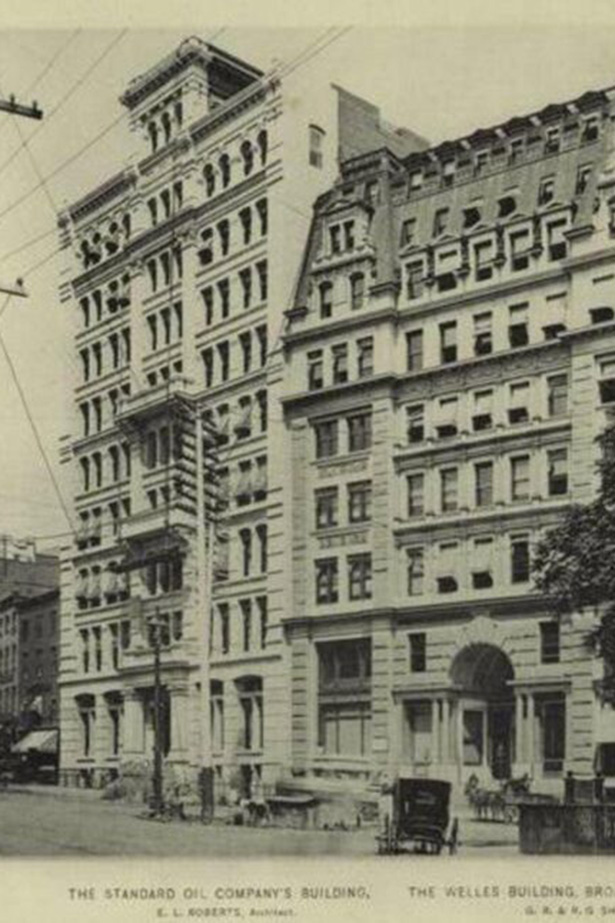
Standard Operating Procedure: WRNS Studio New York finds its Home in an Iconic Building with a Rich History
-

Hues of Blue: Oil Painting in Barbados
-
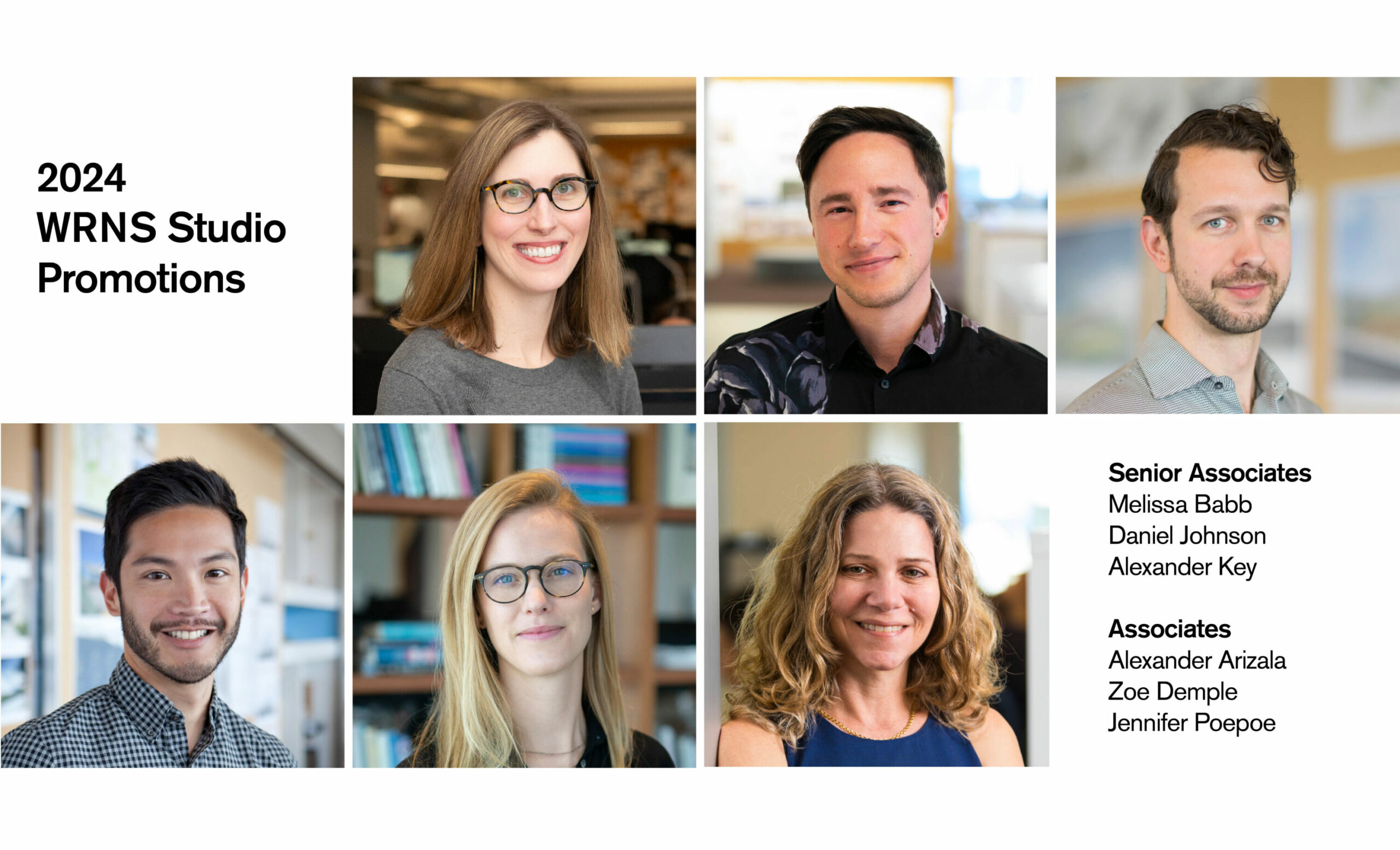
Celebrating WRNS Studio’s 2024 Promotions
-
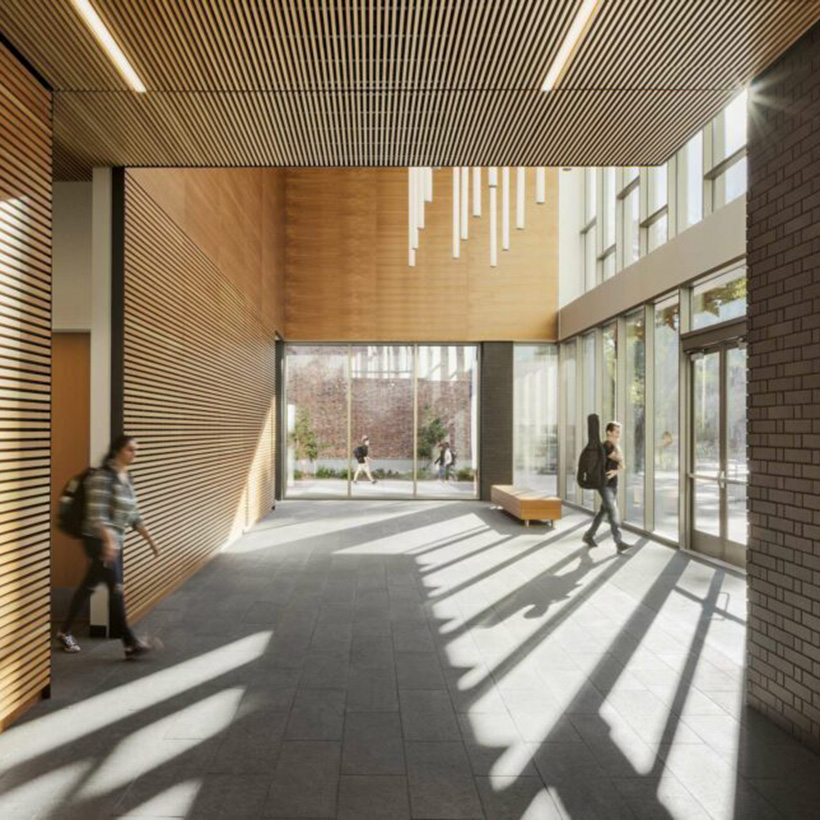
Design Impact: Mental Health and Wellness
-
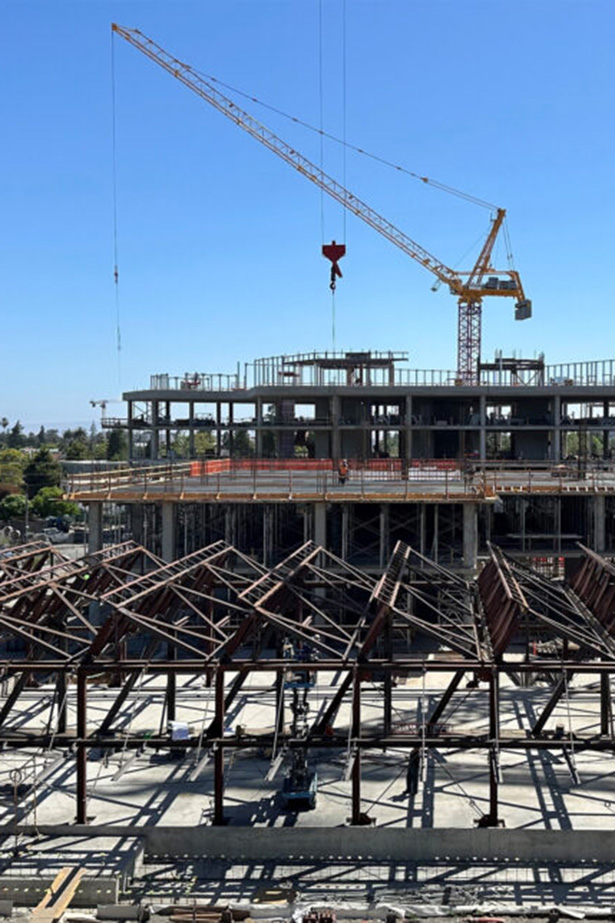
An Intro to Commercial Real Estate: Through an Architecture Lens
-
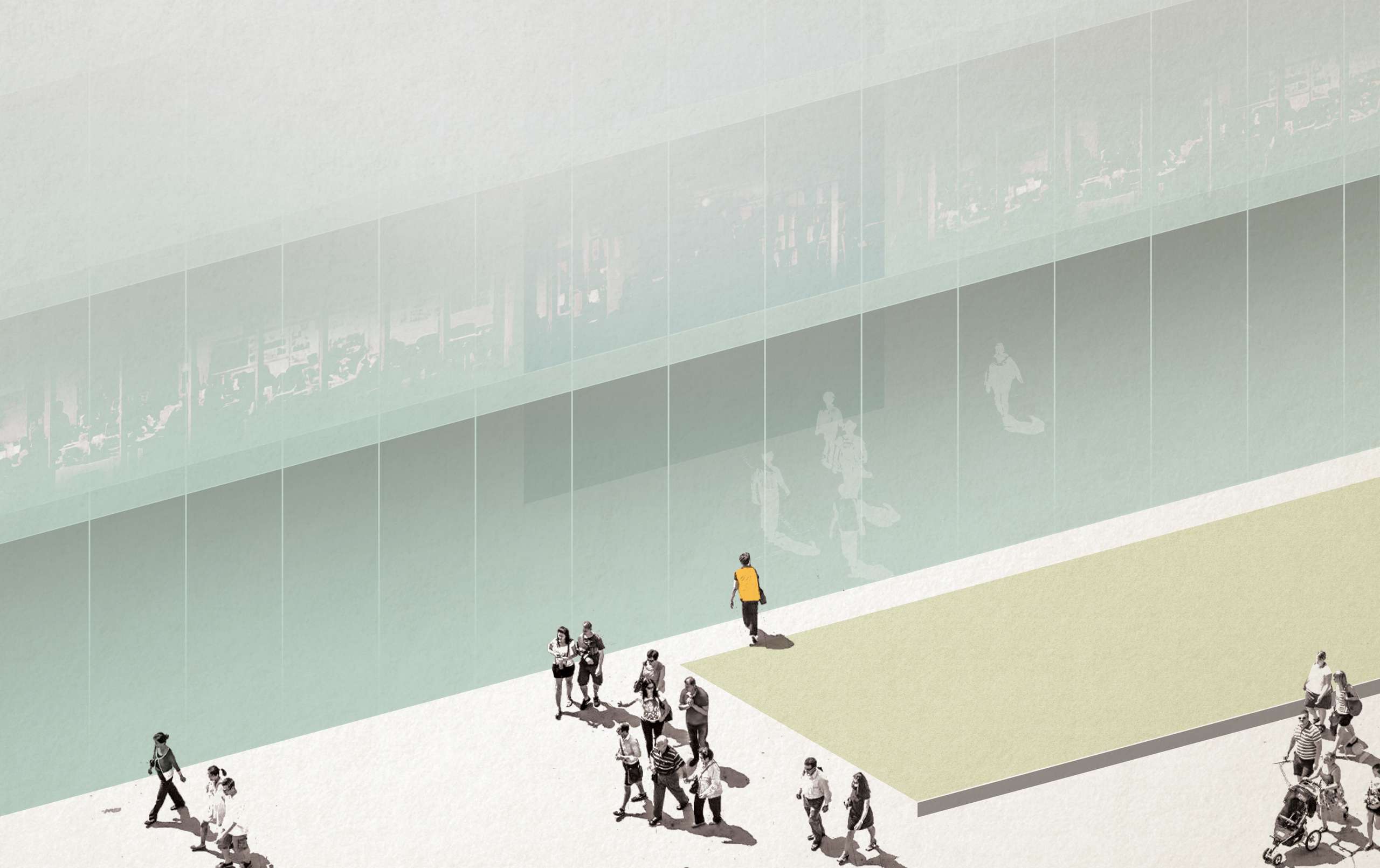
Workplace + Public Realm
-
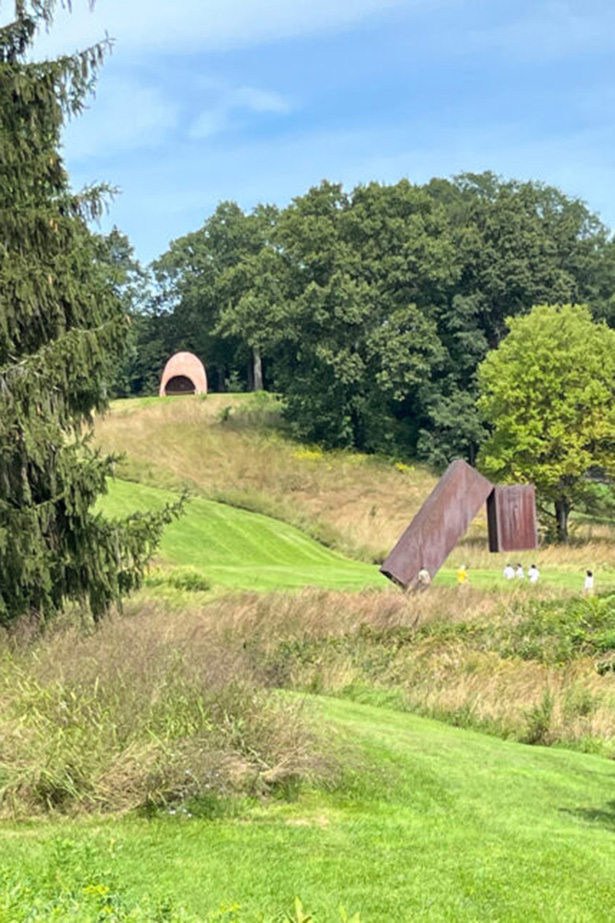
Art Nodes: A Lynchian Wander through Storm King
-
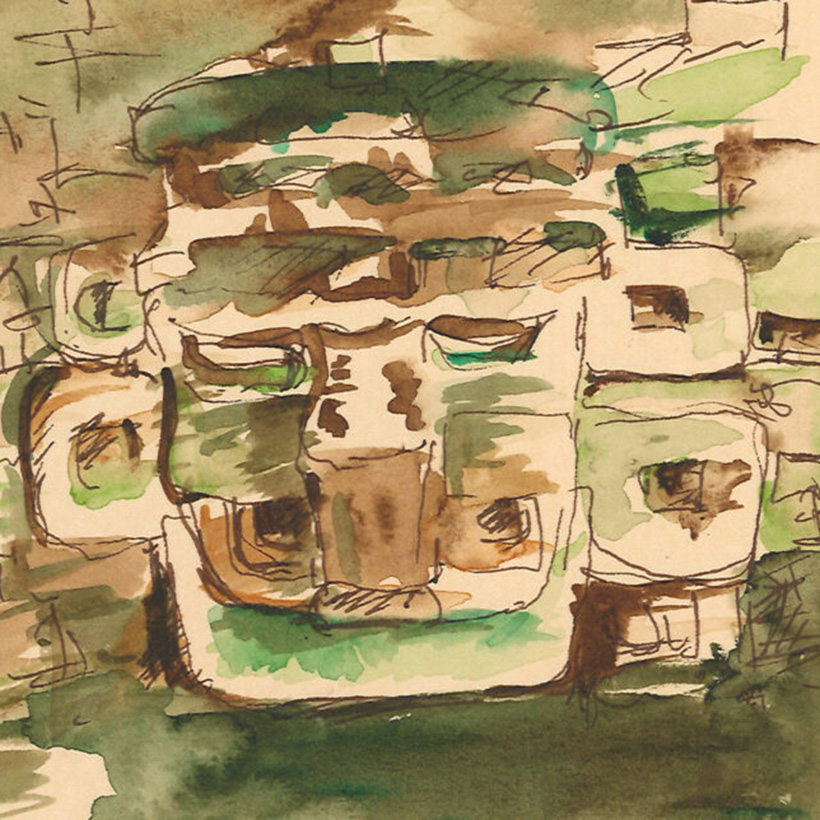
A Lesson in Watercolors: Snippets of Guatemala
-
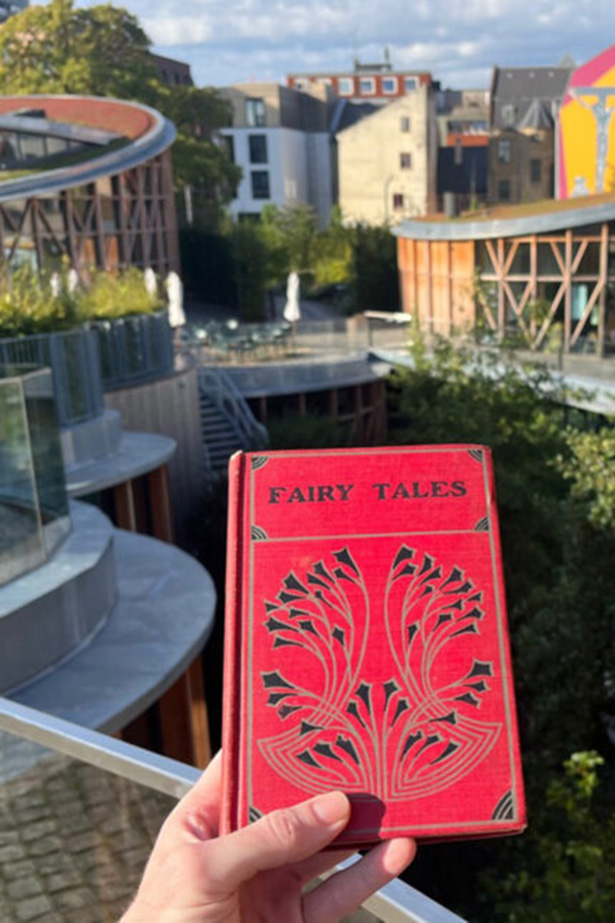
Danish Impact: The Architectural Inspiration of Storytellers
-
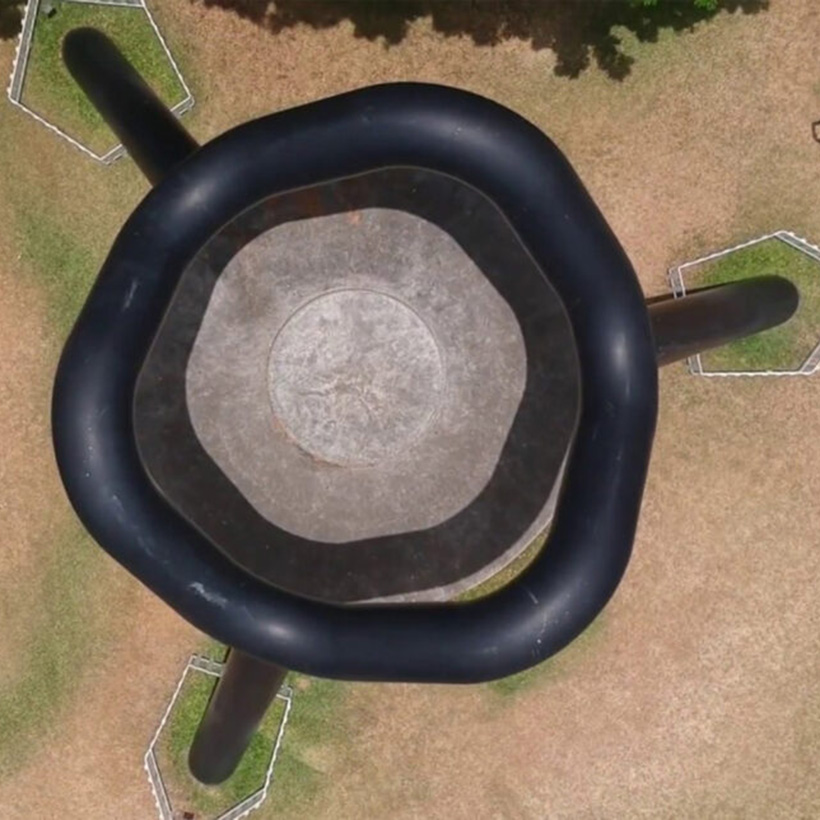
Lāhainā Noon–Beyond a Shadow
-
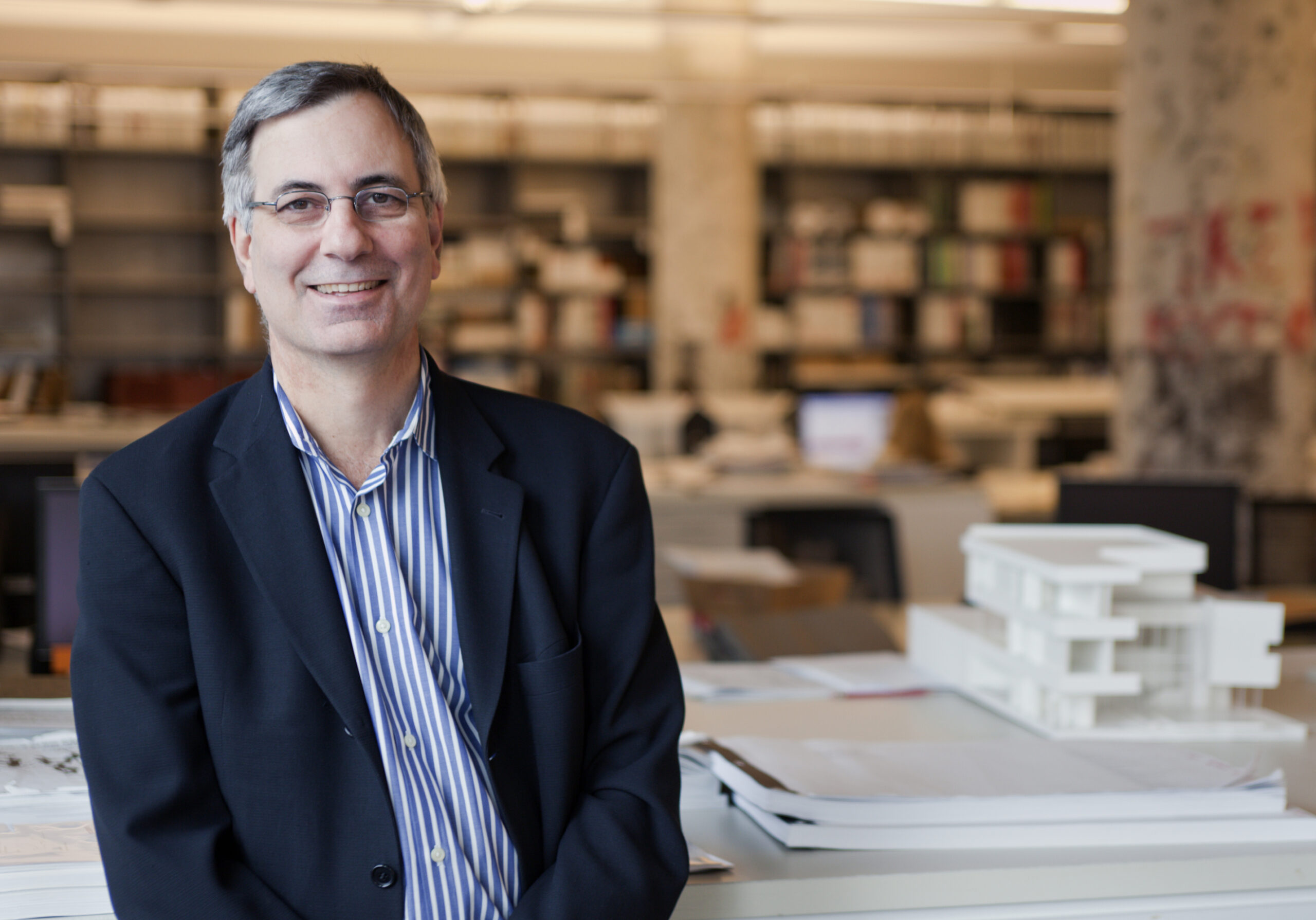
Celebrating John Ruffo’s Transition to Partner Emeritus at WRNS Studio
-

Toyota’s LEAN process provides a blueprint for successful project management
-
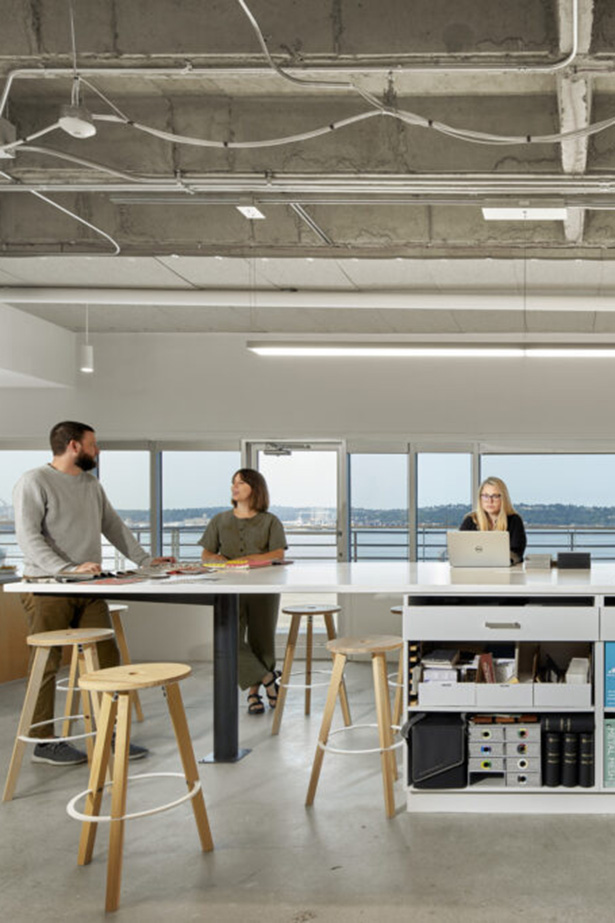
WRNS Studio Seattle has been awarded the Materials, Beauty, and Health and Happiness Petals by the International Living Future Institute
-
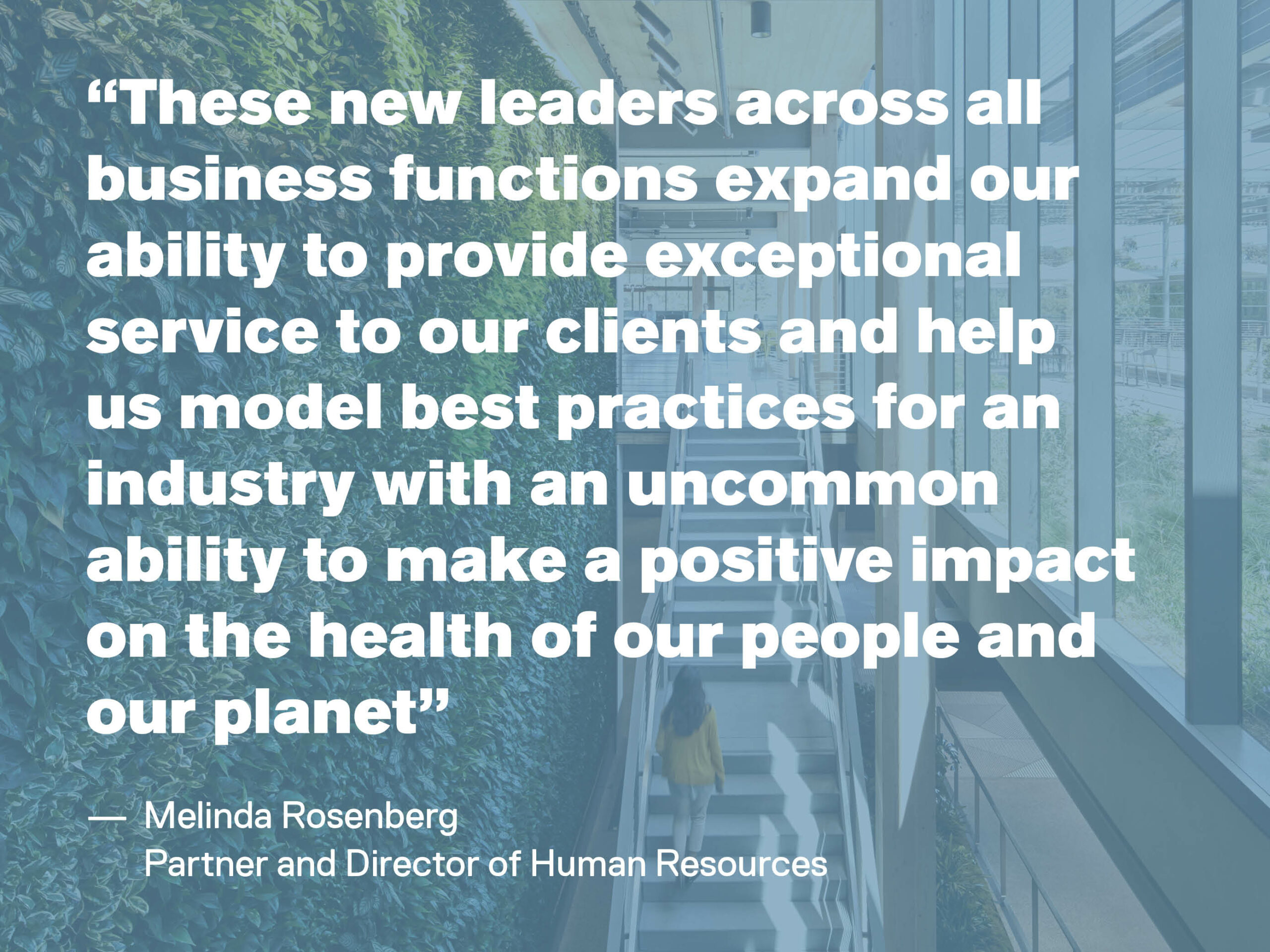
WRNS Studio’s New Senior Associate and Associates on leadership, studio culture, and architecture right now.
-
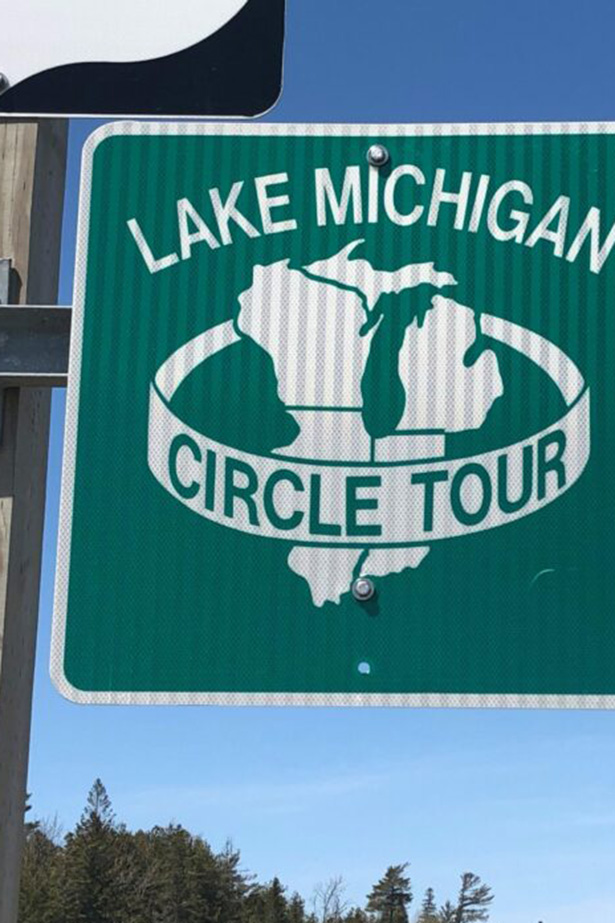
Public Architecture Around The Great Lakes
-
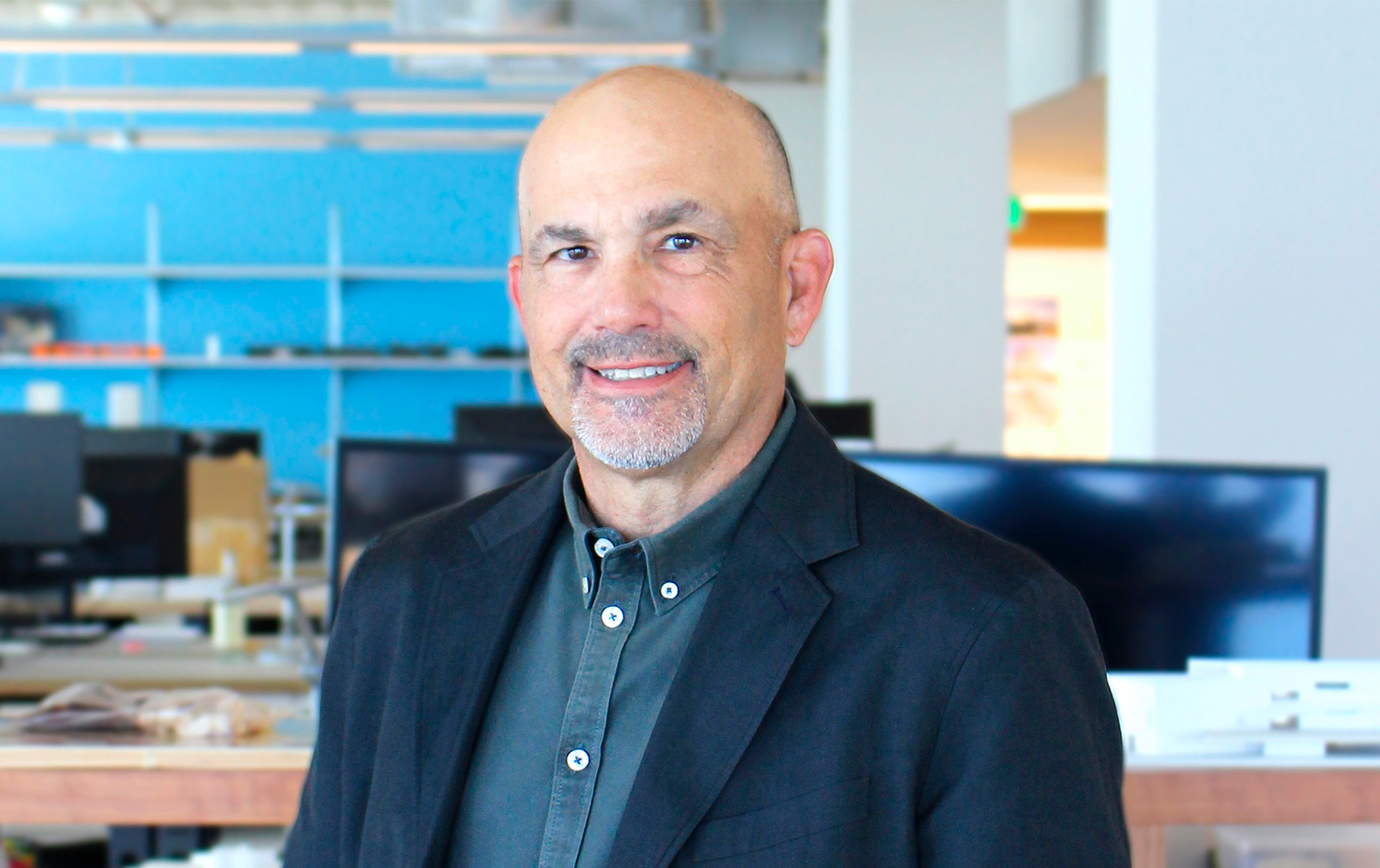
WRNS Studio Founding Partner Sam Nunes Elevated to AIA College of Fellows in 2022
-
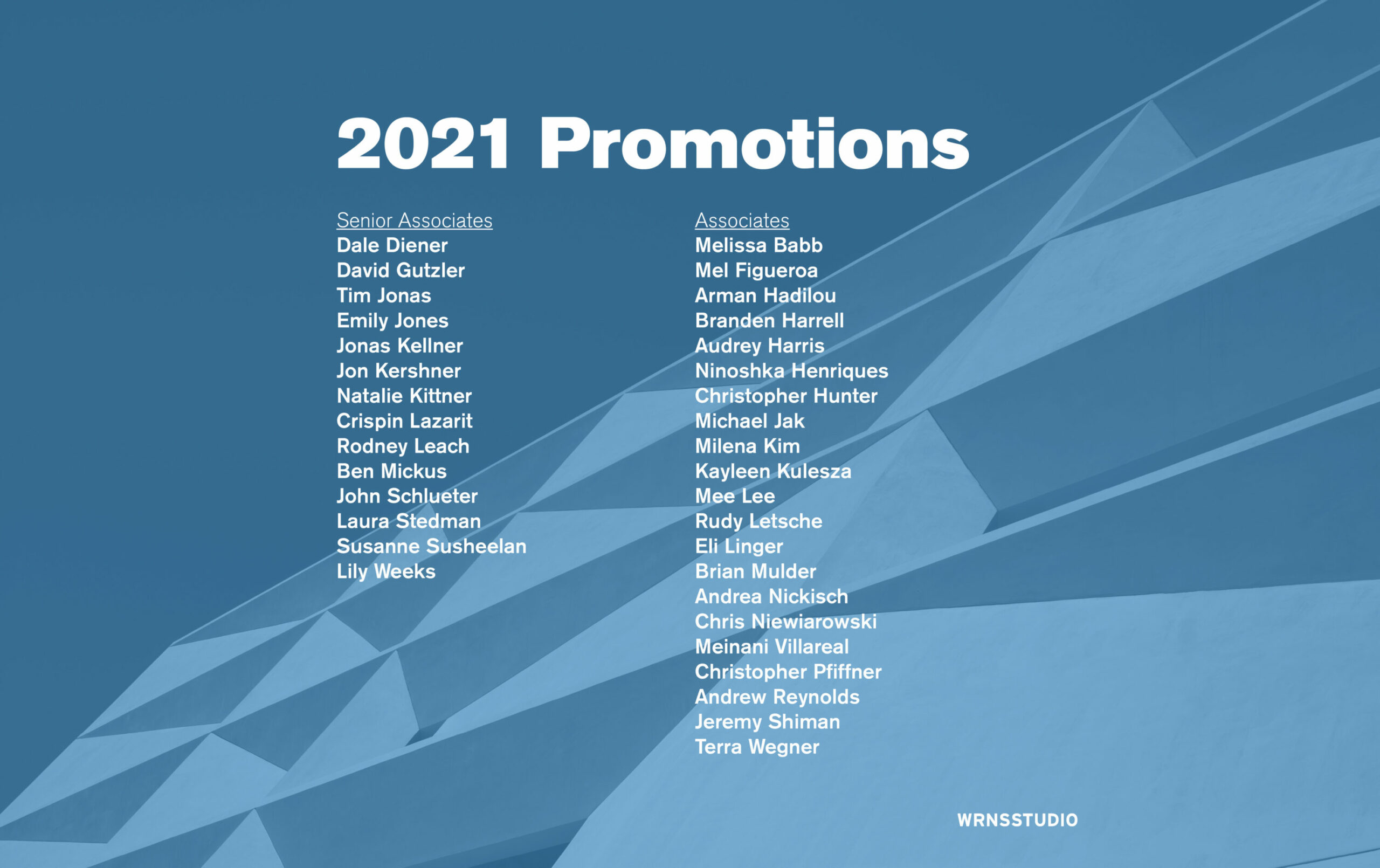
WRNS Studio Promotes 35: Expanding and Diversifying the Firm’s Leadership Amid Market Uncertainty
-
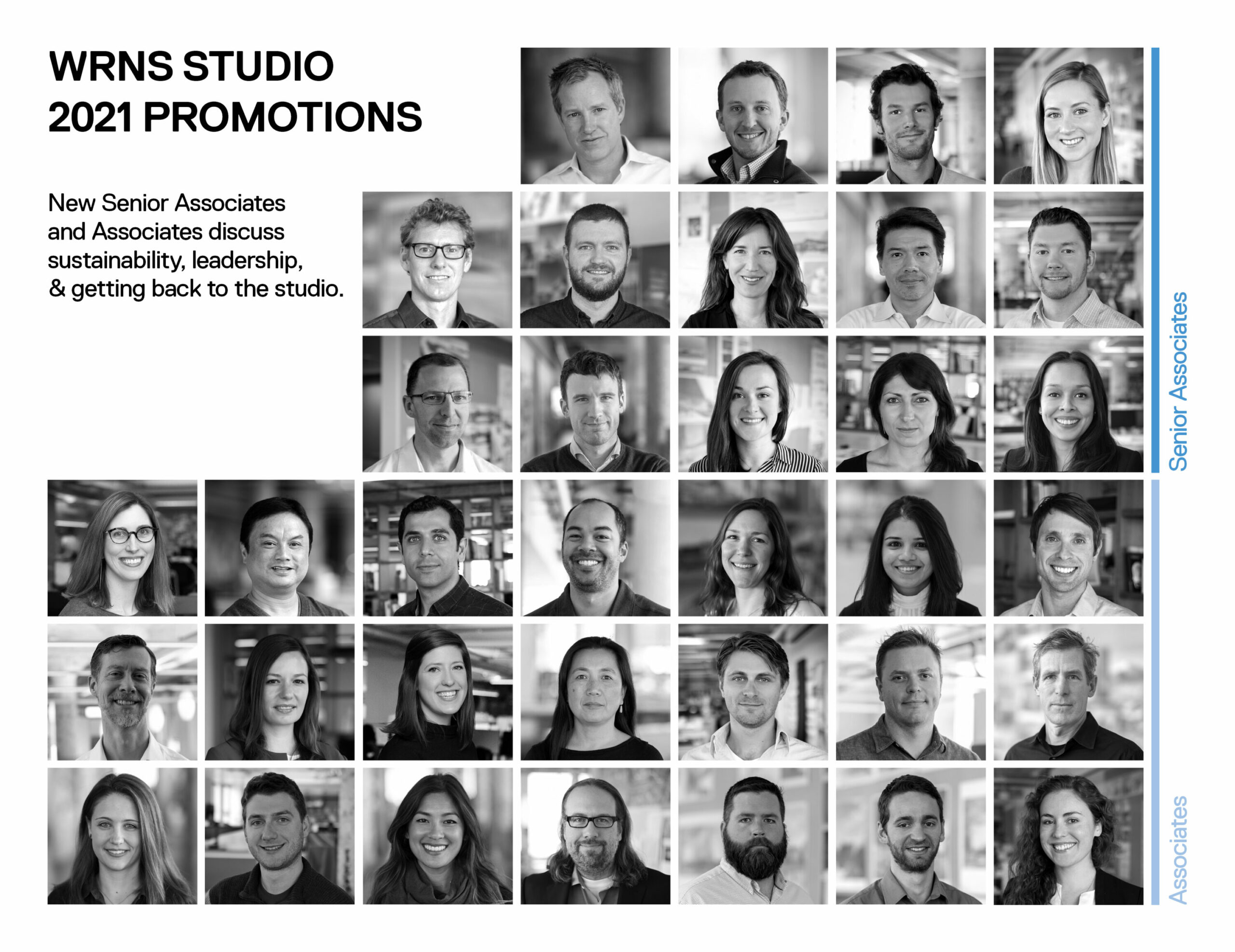
WRNS Studio’s New Senior Associates and Associates on Sustainability, Leadership, and Getting Back to the Studio
-
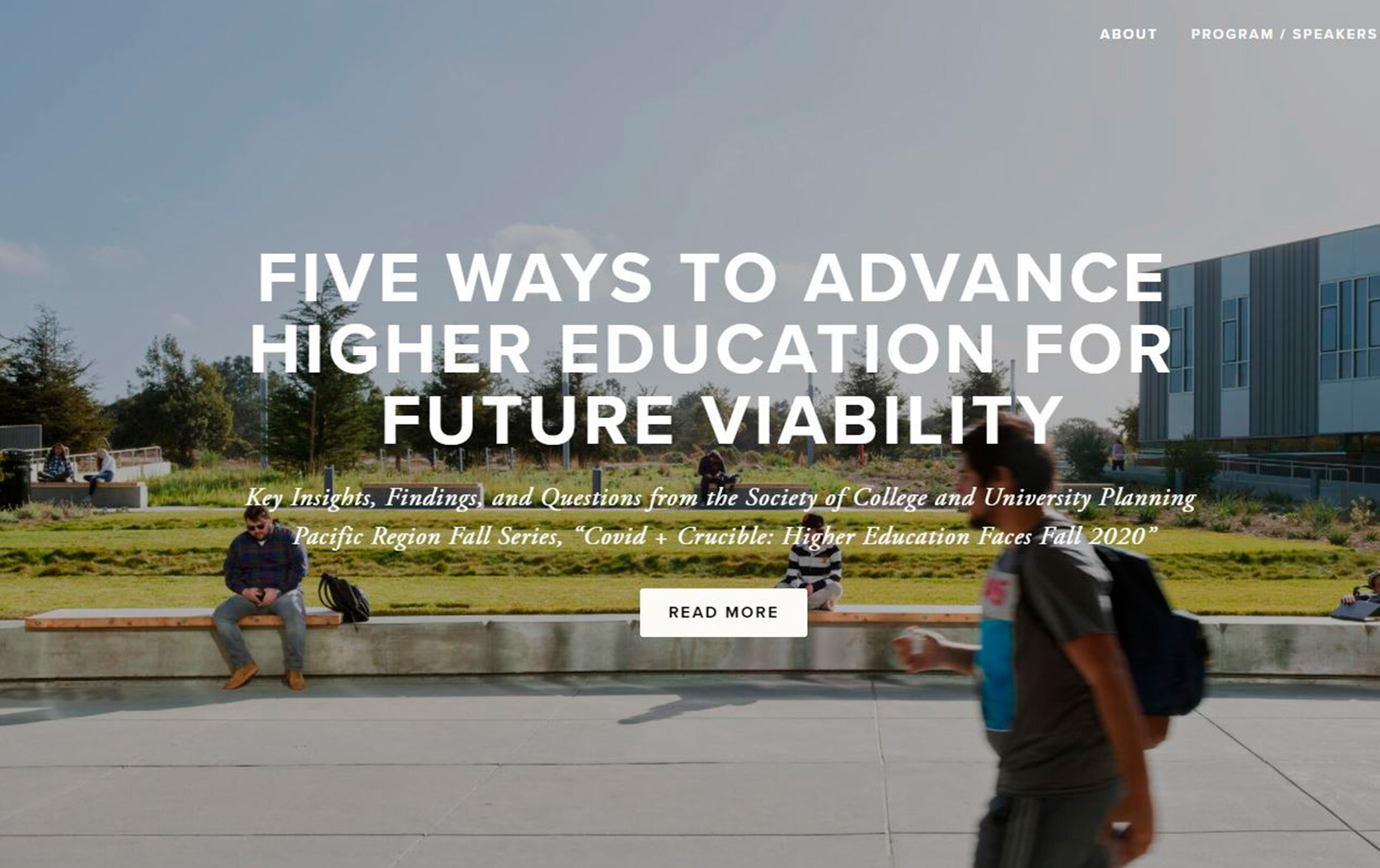
Five Ways to Advance Higher Education for Future Viability
-

Eight Strategies For Successful Public-Private Partnerships
-
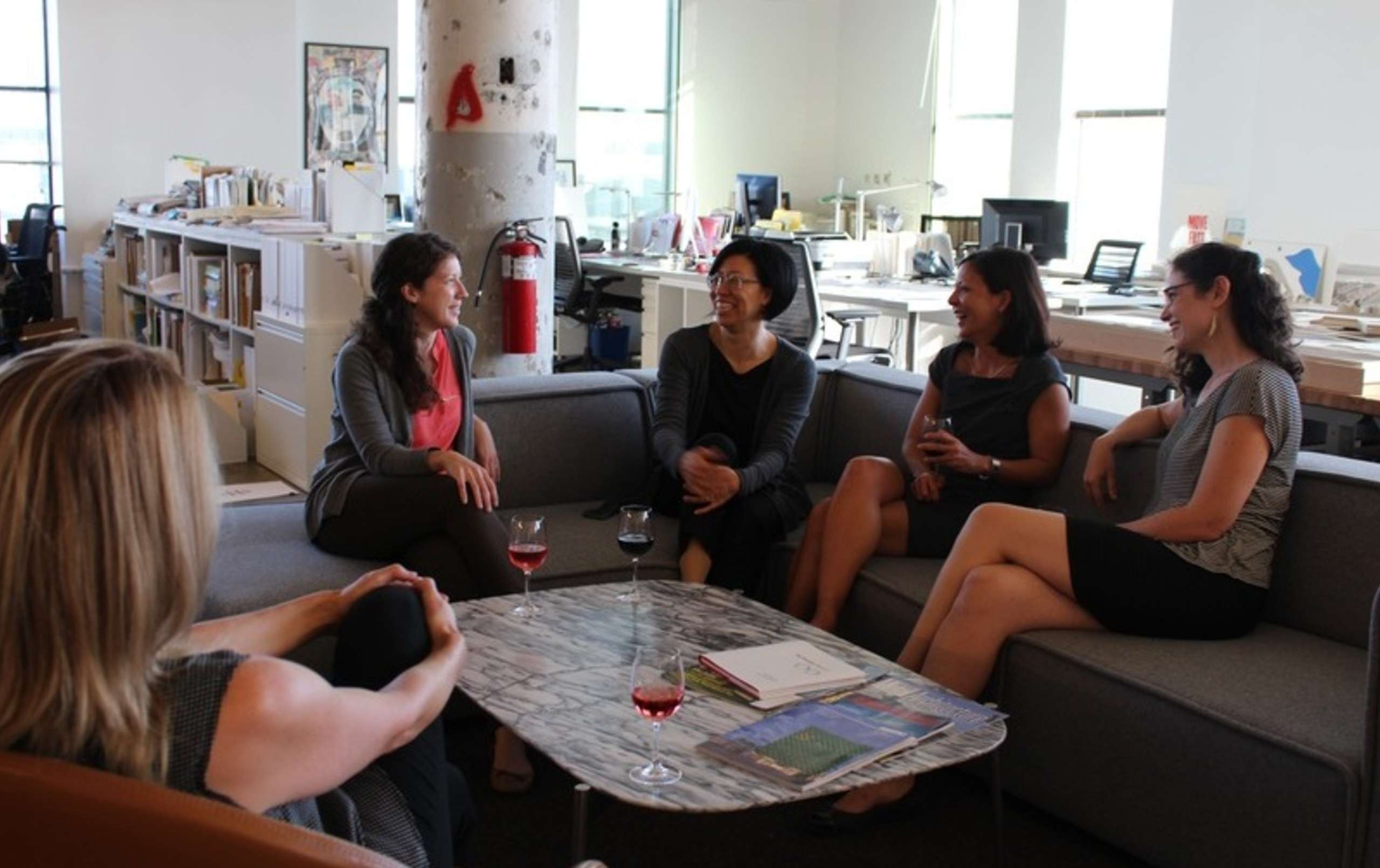
Equity by Design: Metrics, Meaning & Matrices
-
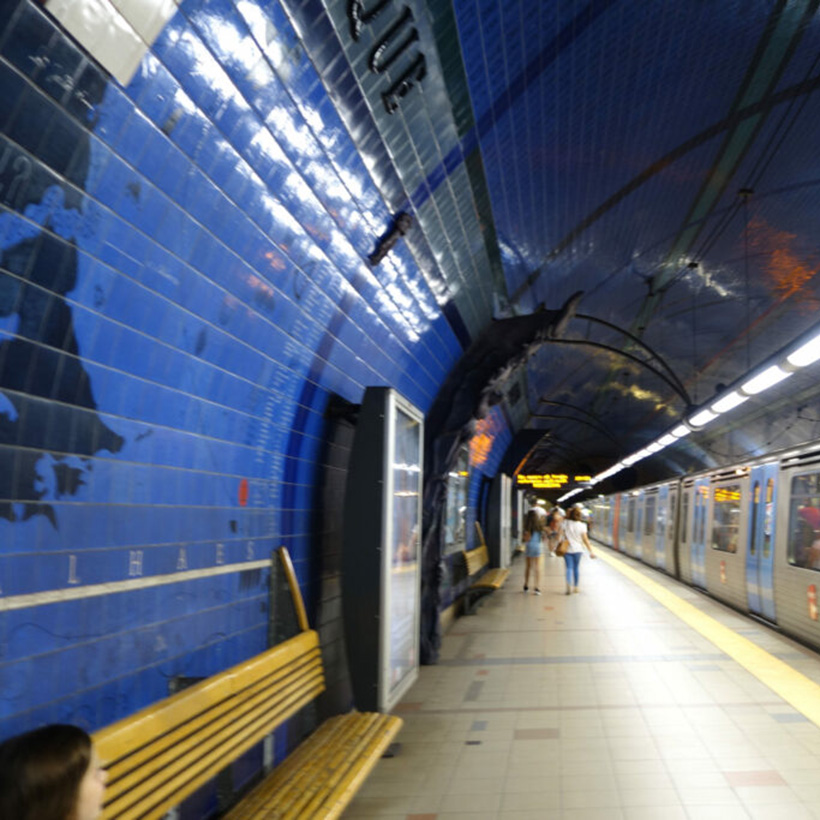
Lisbon’s Azulejos
-
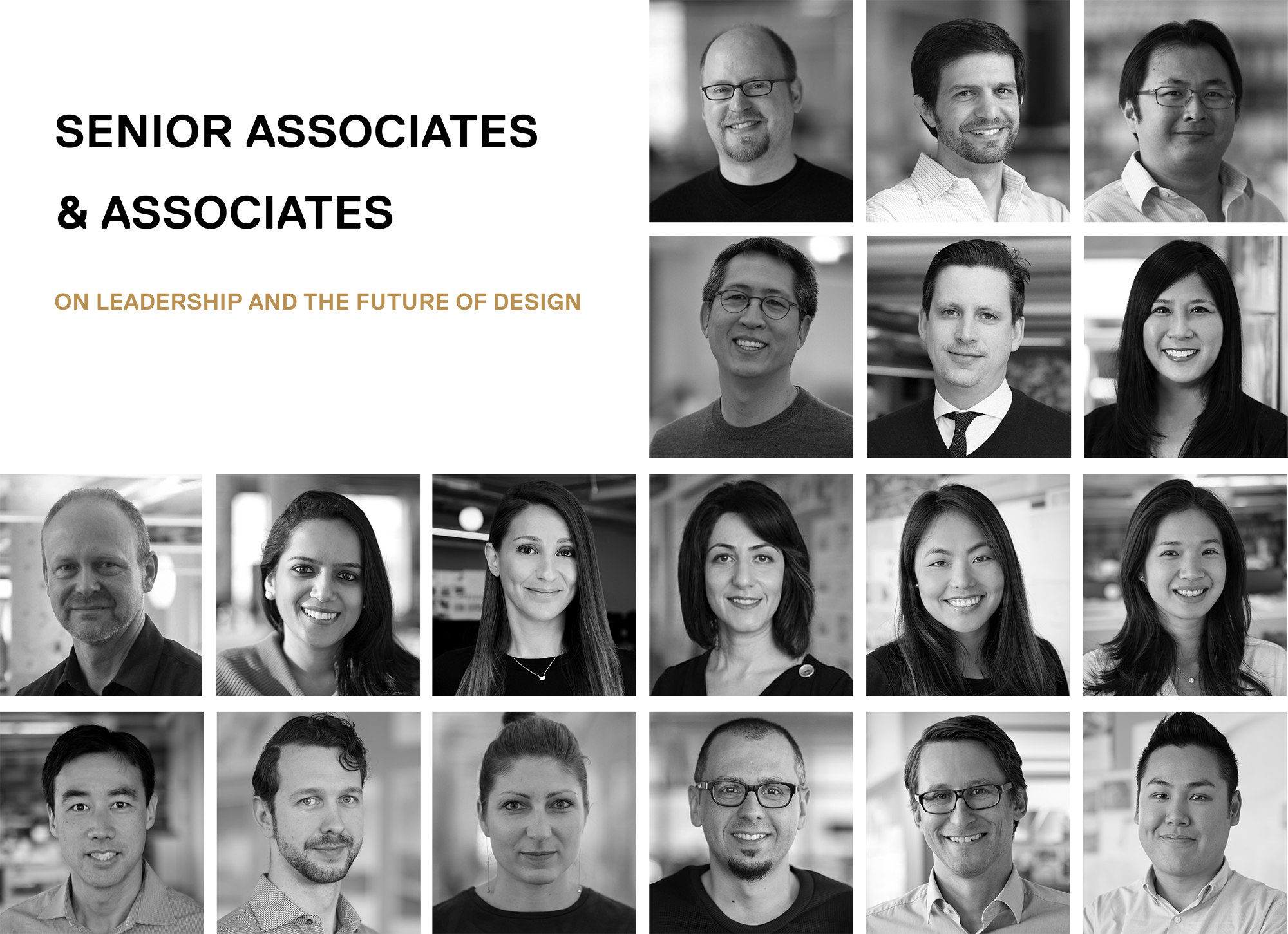
WRNS Studio’s New Senior Associates and Associates on Leadership and the Future of Design
-

Barcelona: City of Literature
-
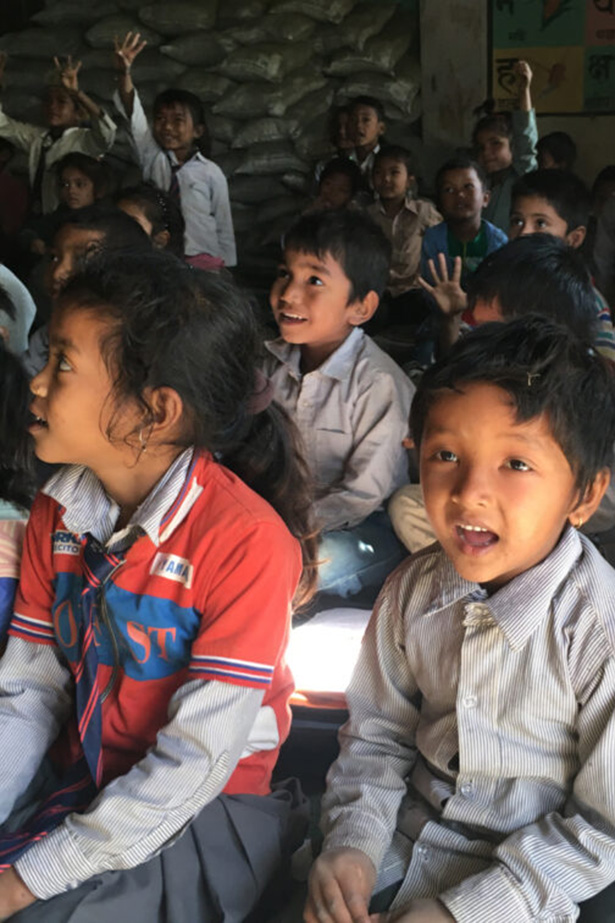
Less is More. More with Less
-
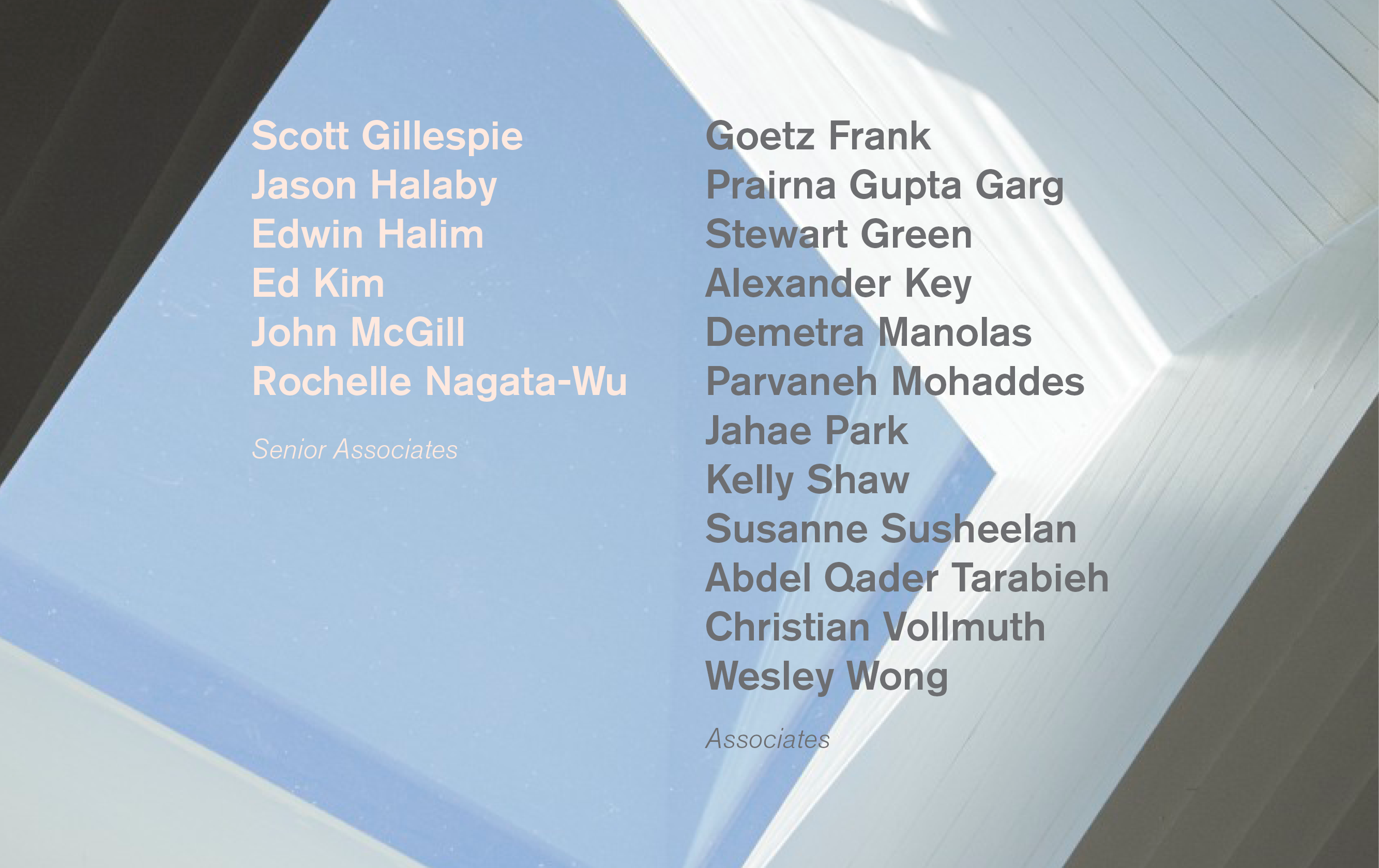
WRNS Studio Promotes 18: Diversifies Expertise and Market Reach
-
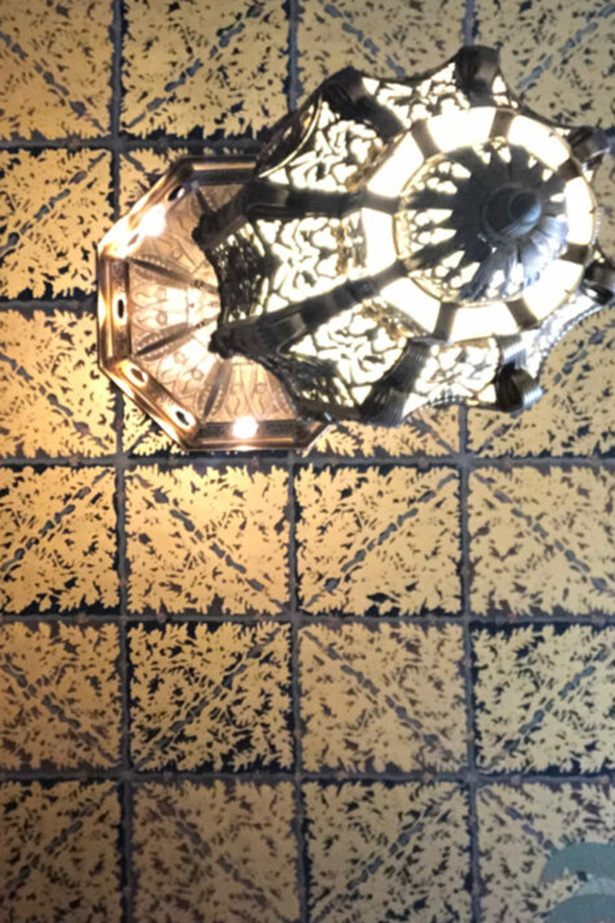
Public Architecture in the Deep South
-
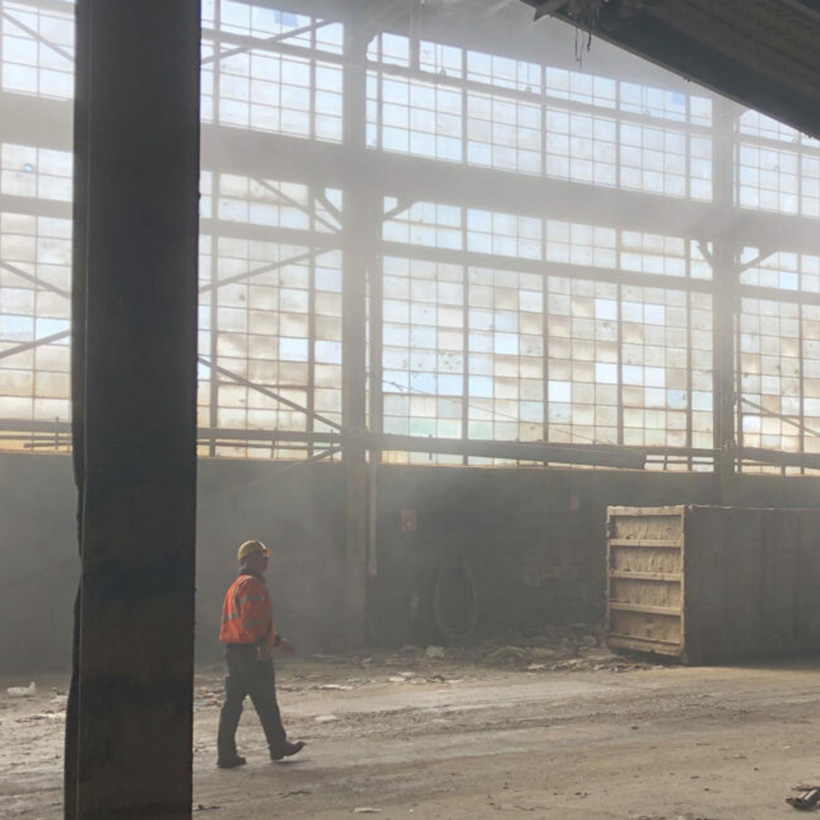
Circular City Week: New York
-
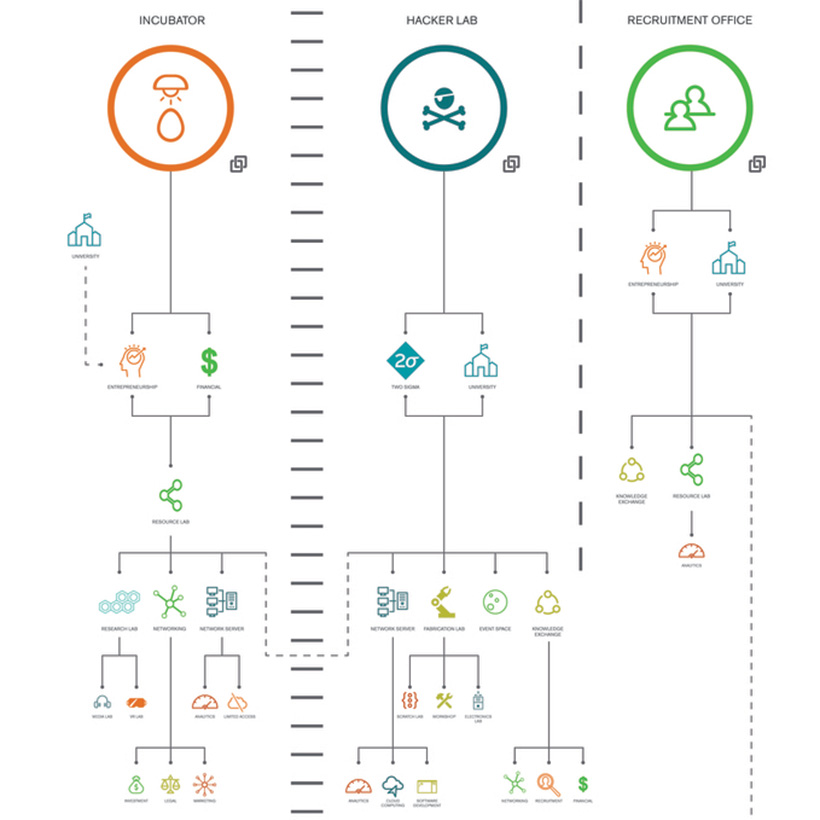
Spokes on a Wheel: Programming Two Sigma’s Collision Lab
-
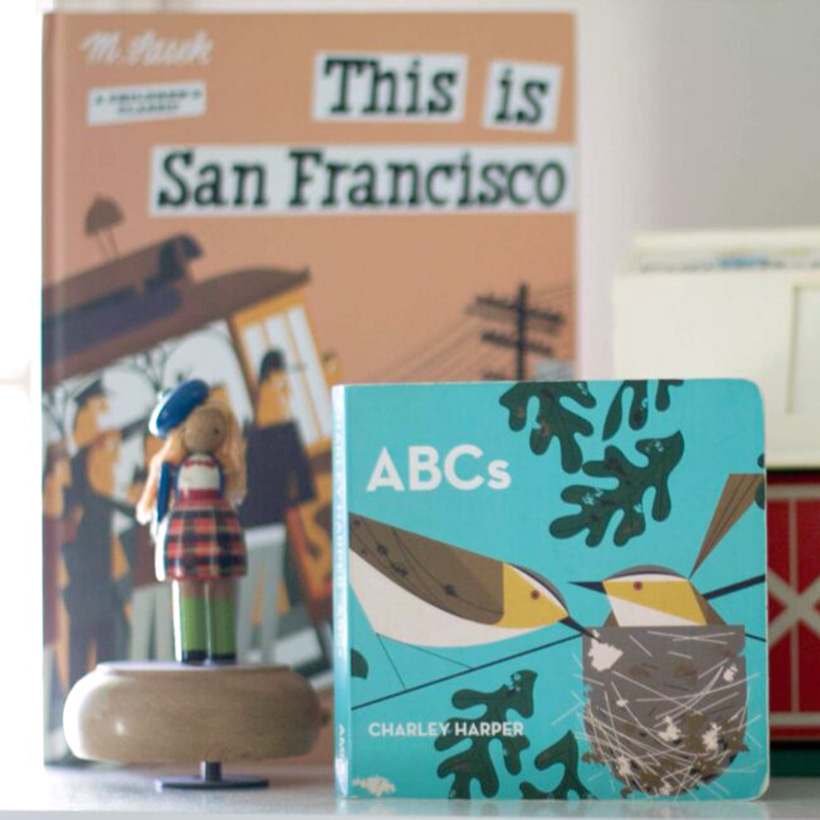
Could We Stay or Should We Go? Perspectives on NonProfit Displacement in the San Francisco Bay Area
-
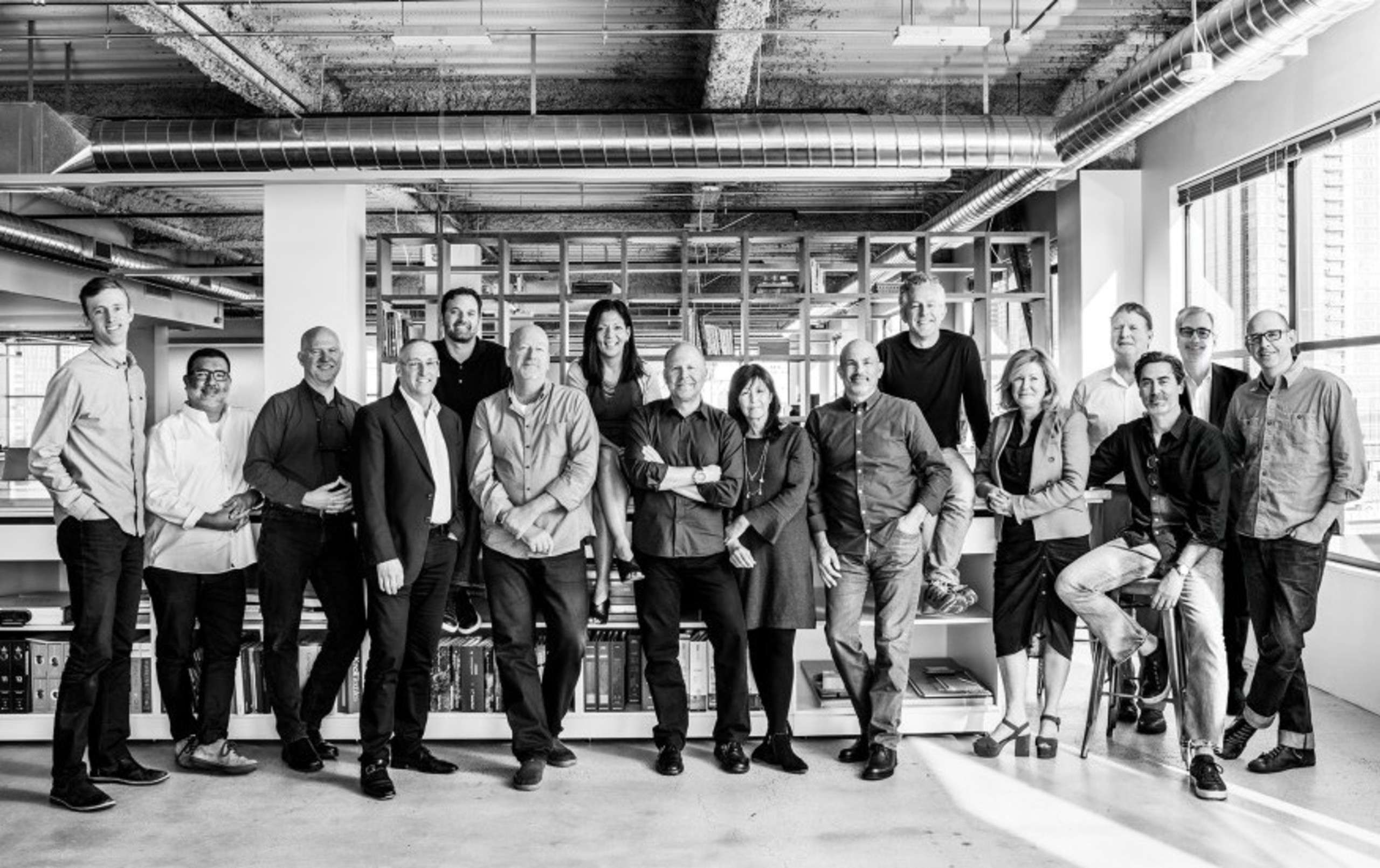
WRNS Studio named Top Firm in Architect Magazine’s 2018 Architect 50!
-
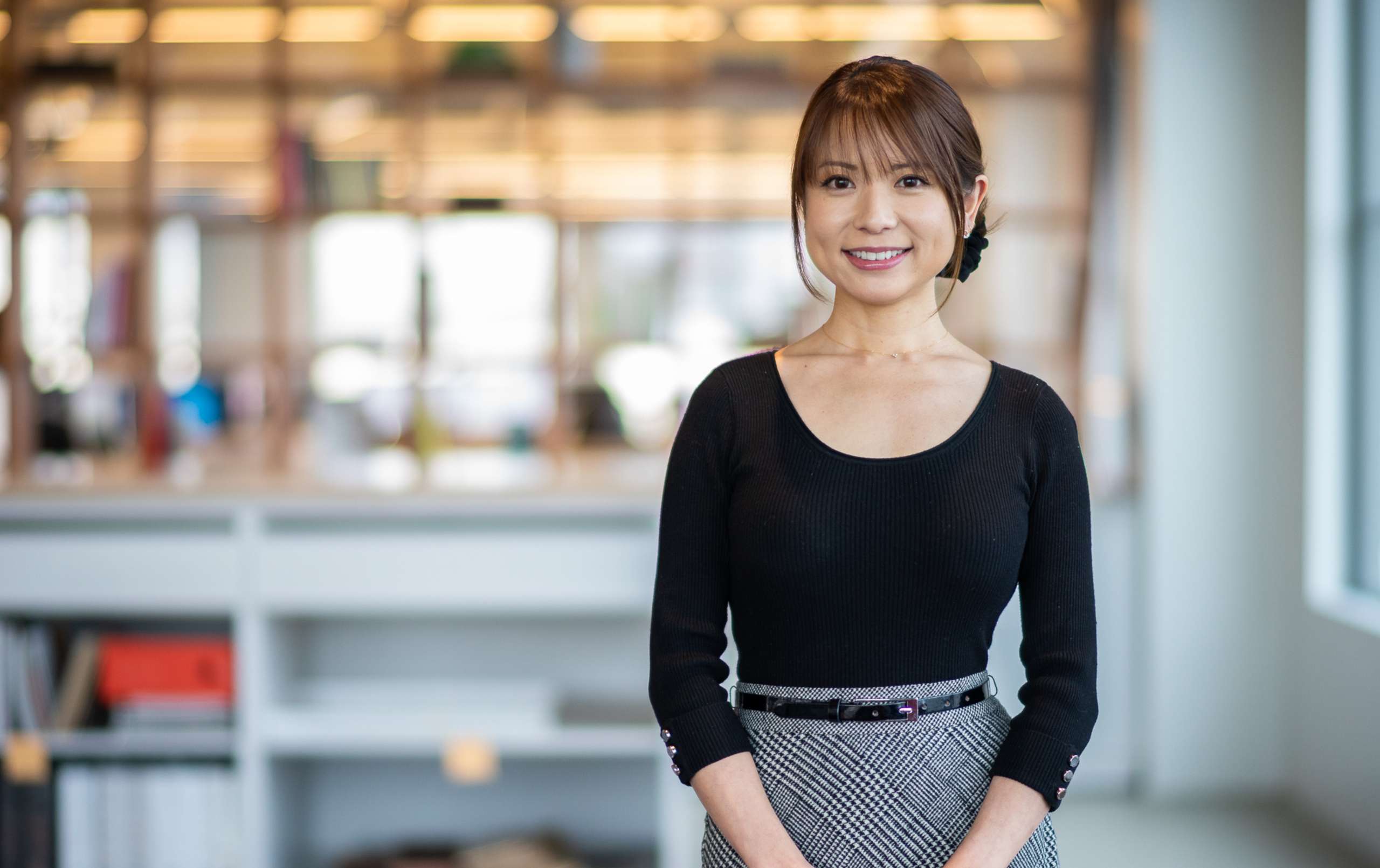
Project Director, Kanako Lathrop on Retail and Hospitality in Hawaii
-
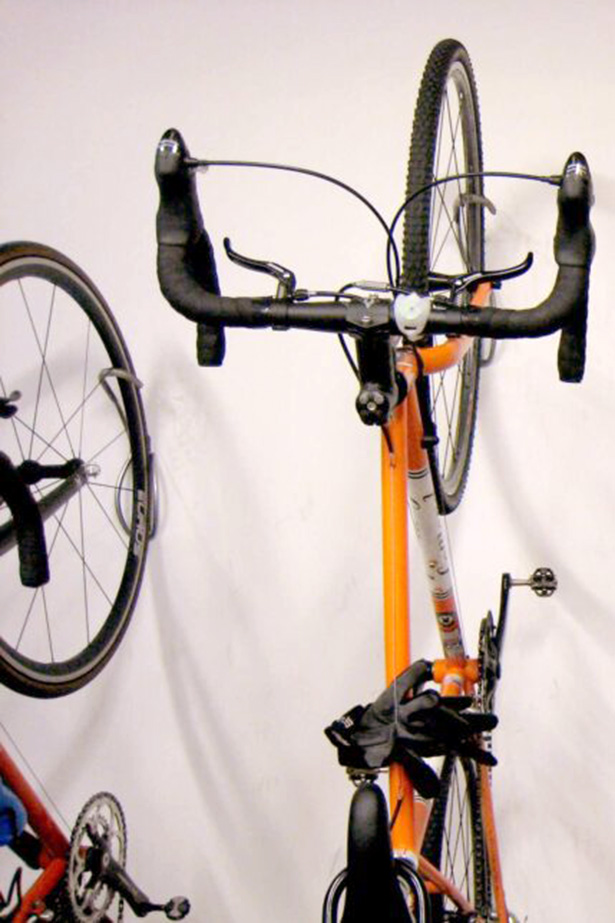
WRNS Rides
-
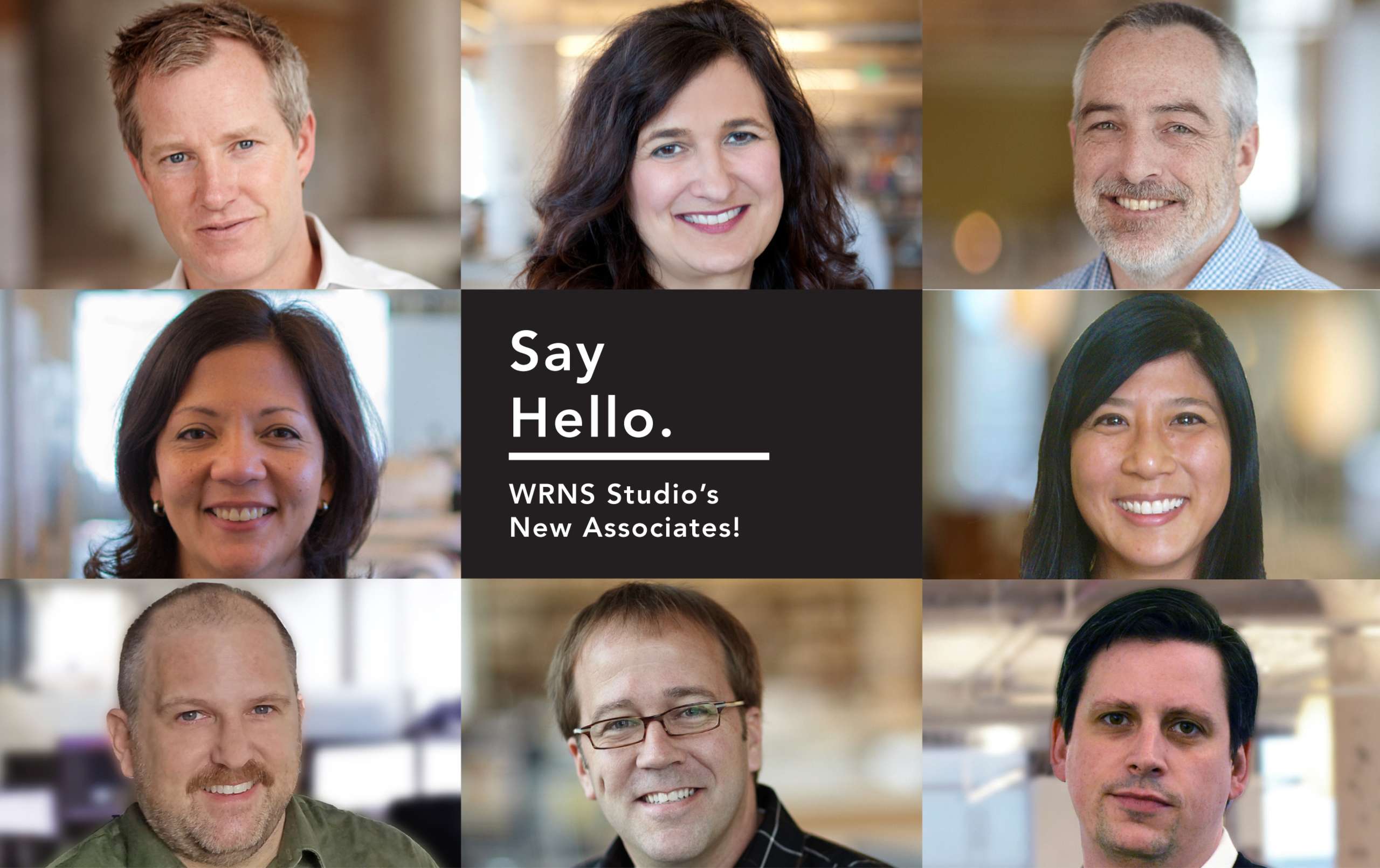
WRNS Names Eight New Associates
-
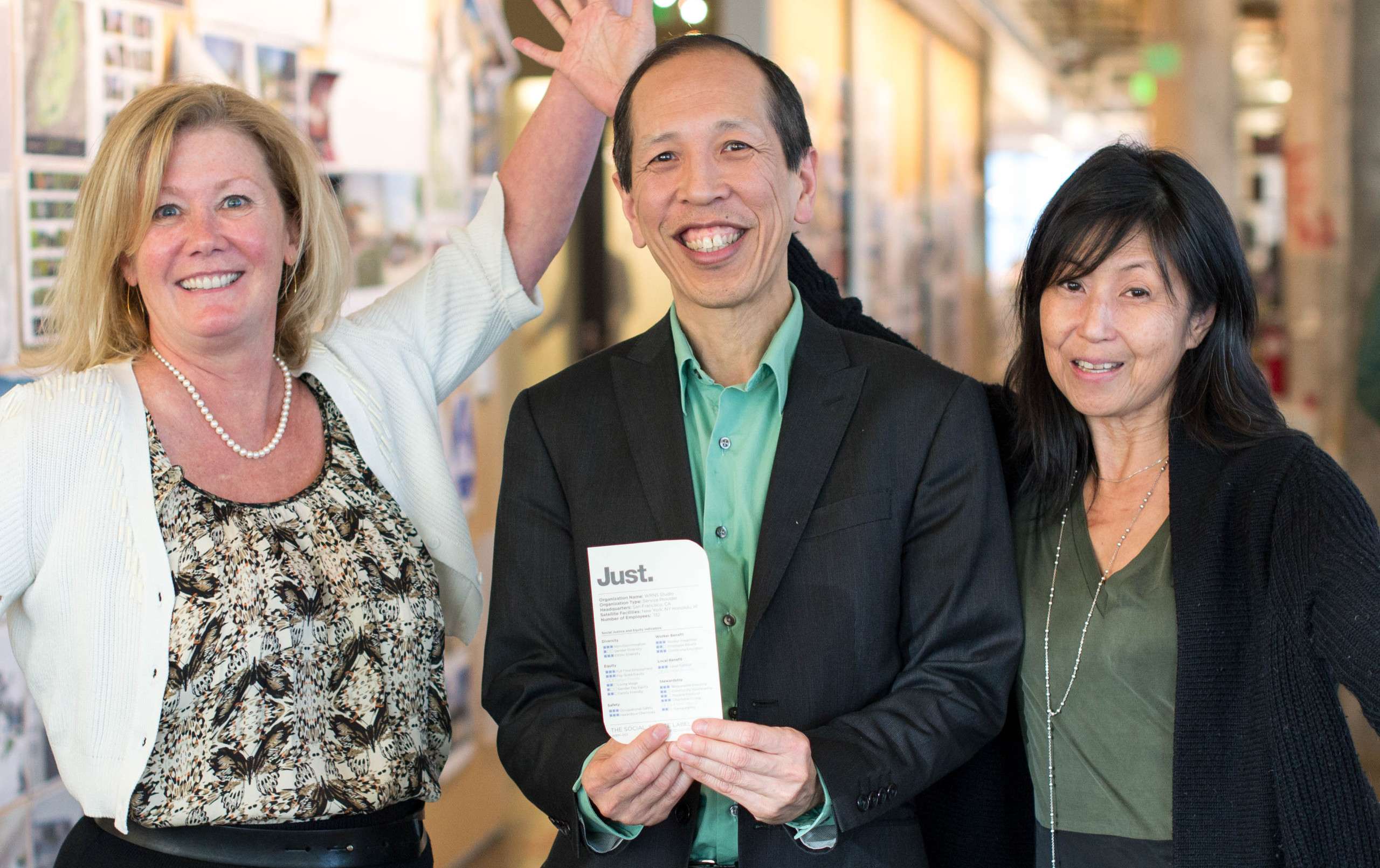
Walking the Talk: the International Living Futures Institute’s Social Justice Label
-
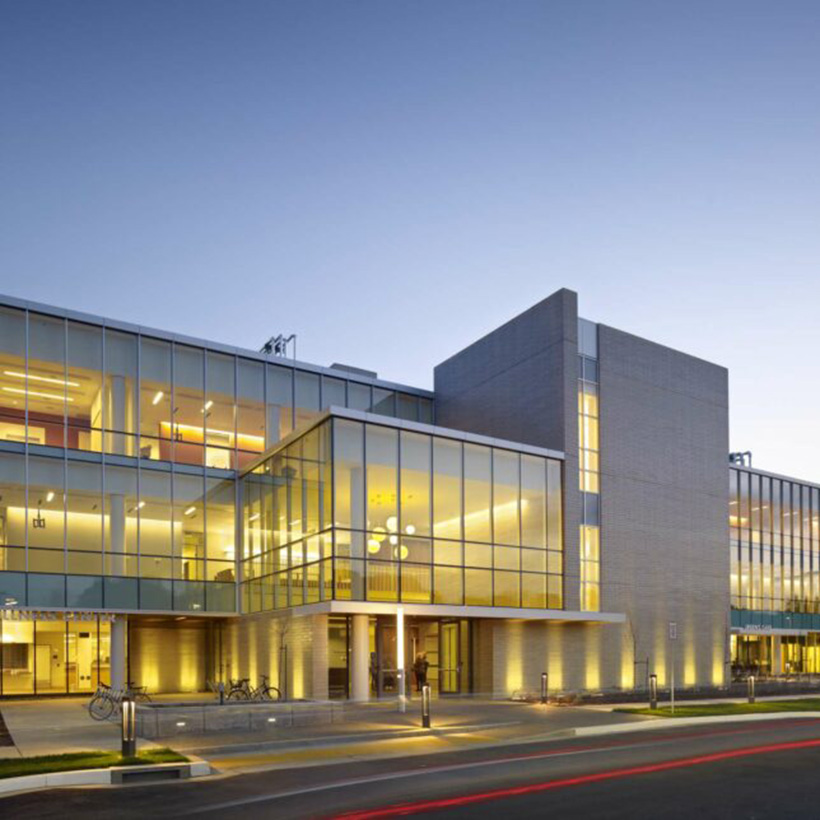
Student Health and Wellness
-
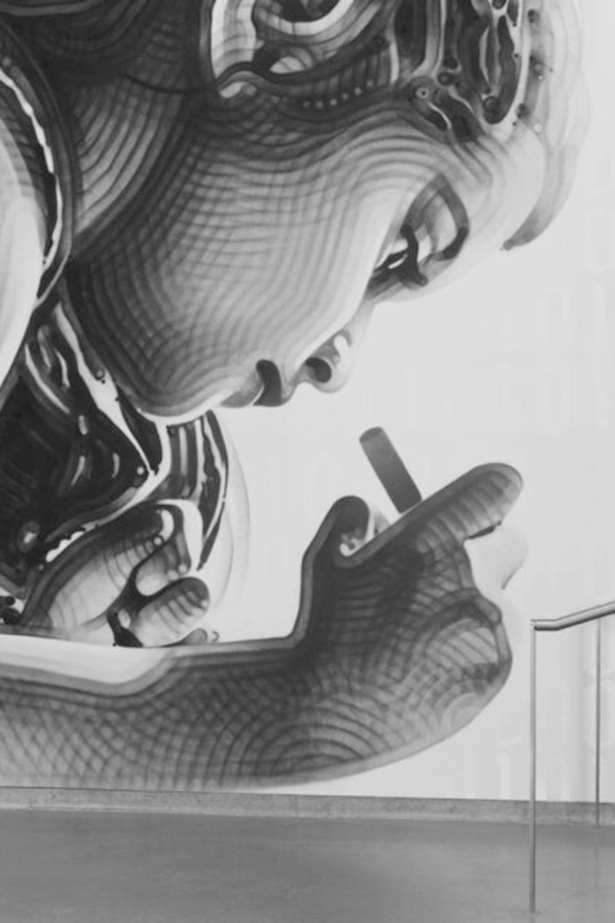
Storytelling for Architects
-
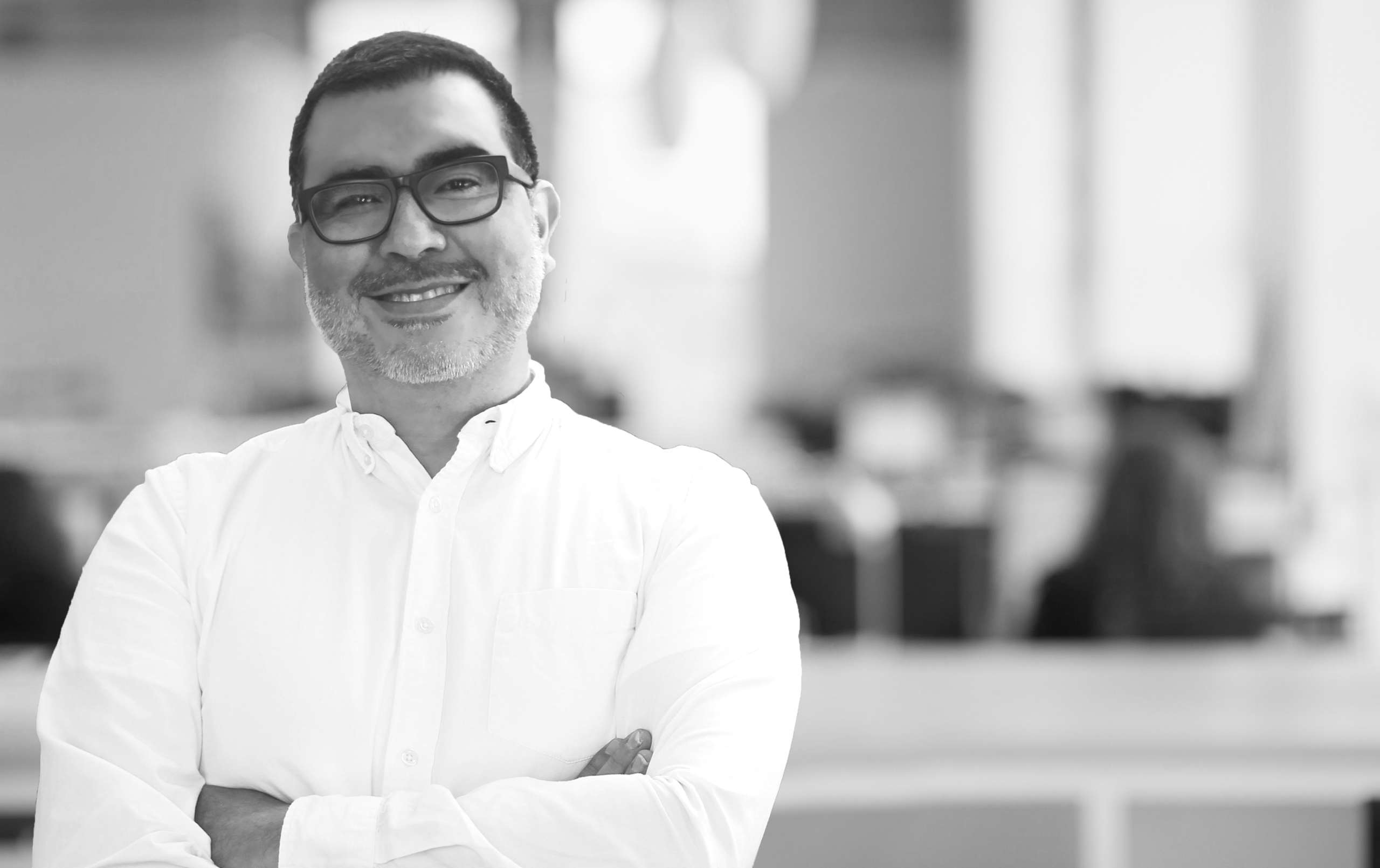
Raul Garduño Named Partner: A Conversation on Beauty and Sensibility
-
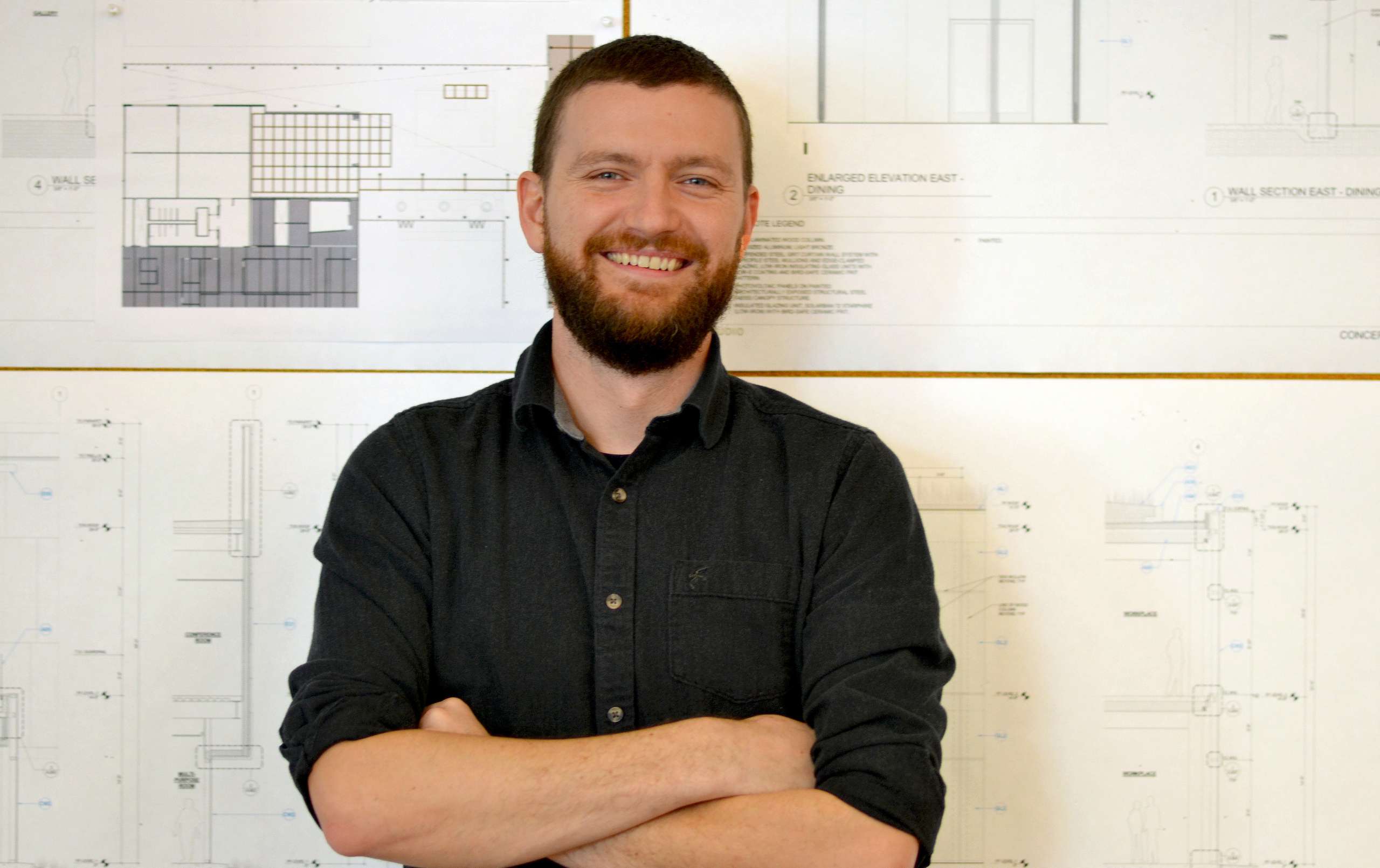
Jon Kershner on Licensure and What you Learn Along the Way
-
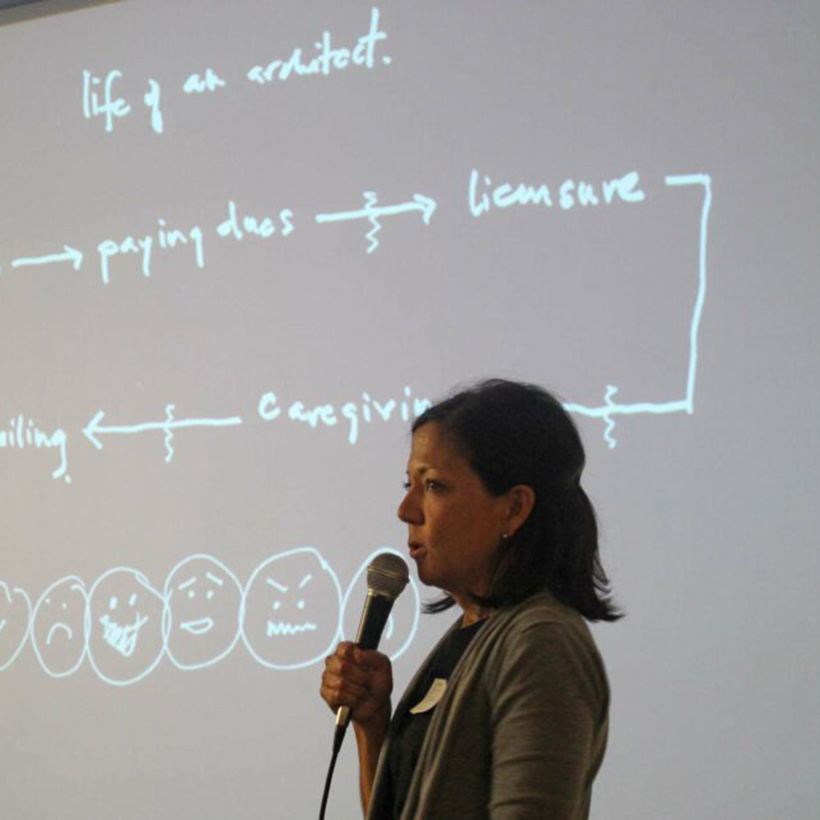
Architecture in the City: Resilience UX
-
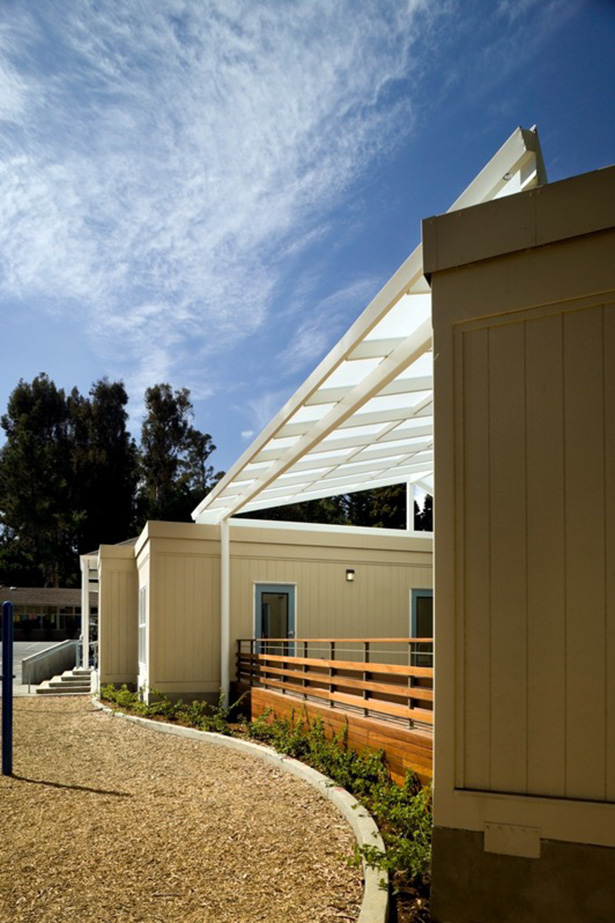
The Bridge School Expansion
-
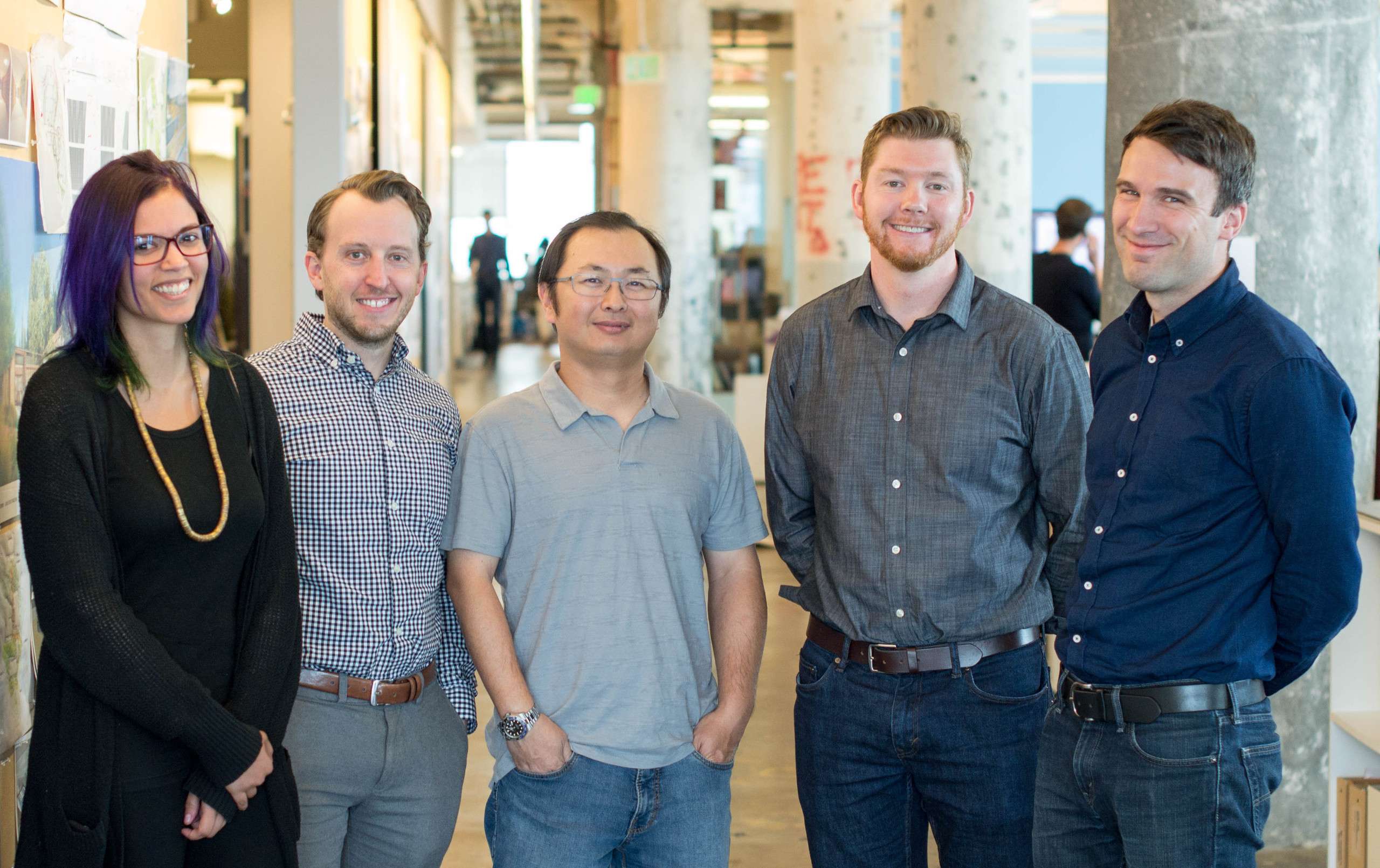
Meet WRNS Studio’s New Associates
-
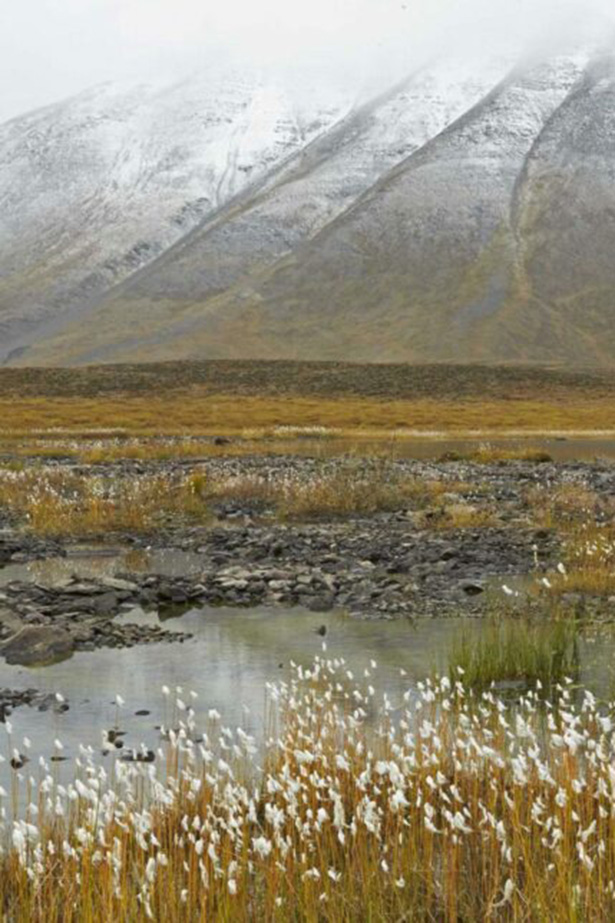
Learning from Alaska: Sustainability and the Conservation Movement, Part One
-
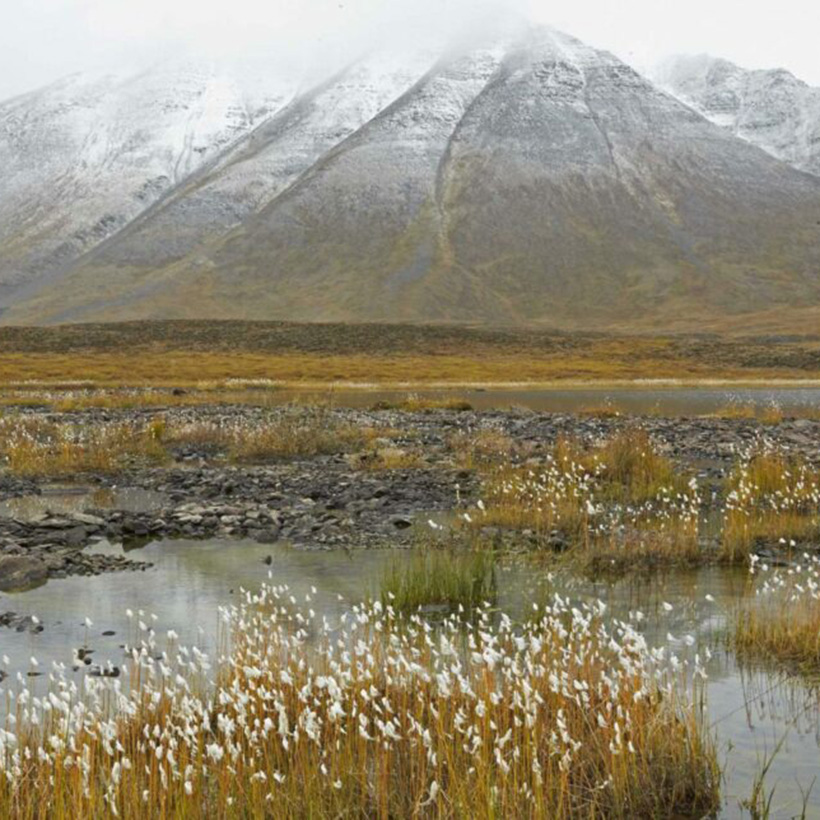
Learning from Alaska: Sustainability and the Conservation Movement, Part Two
-
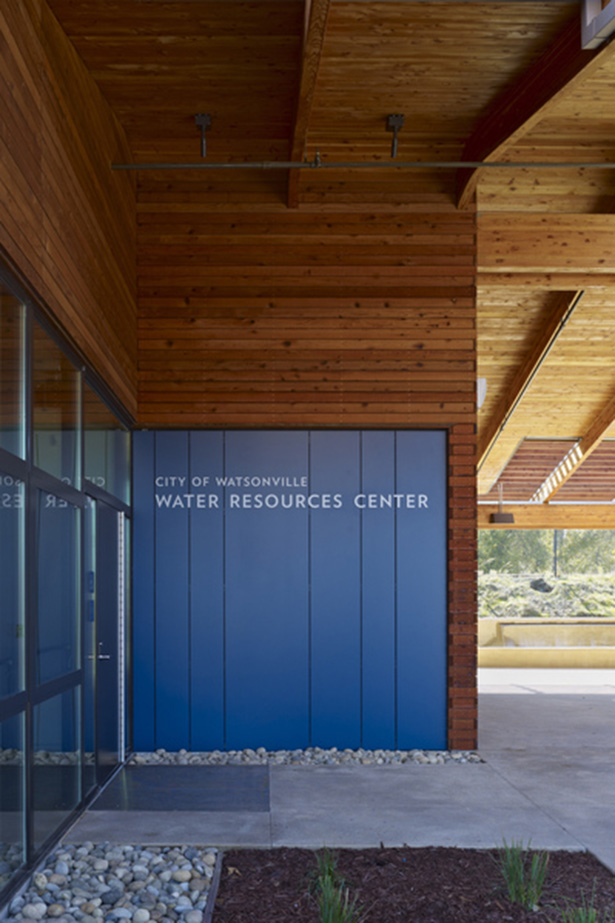
Water is Energy
-
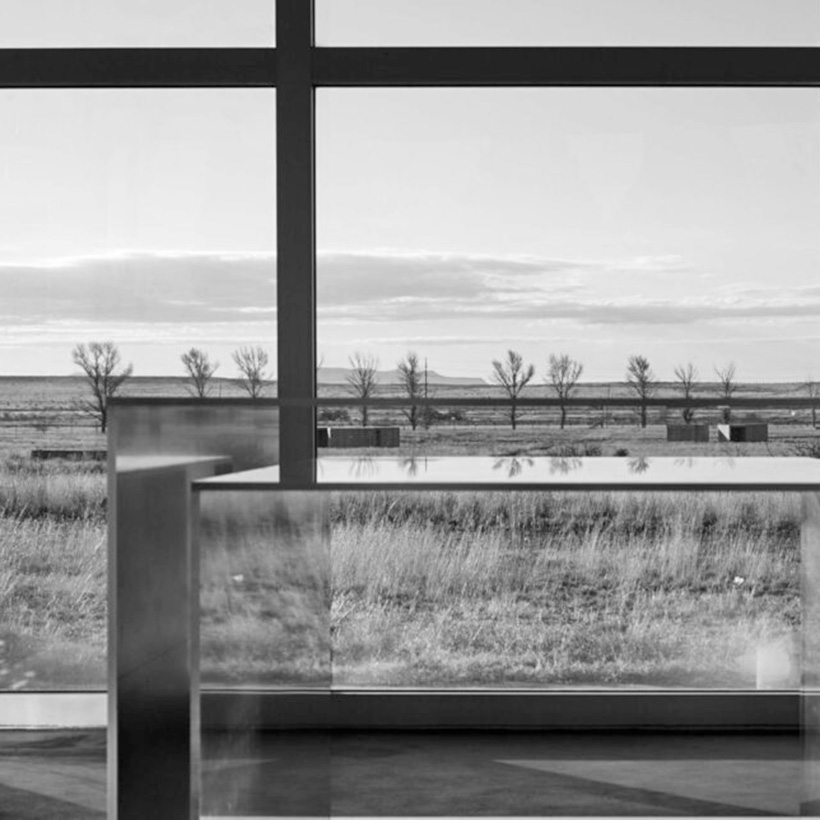
Marfa is a State of Mind. Art Mecca Step 3: Immerse
-
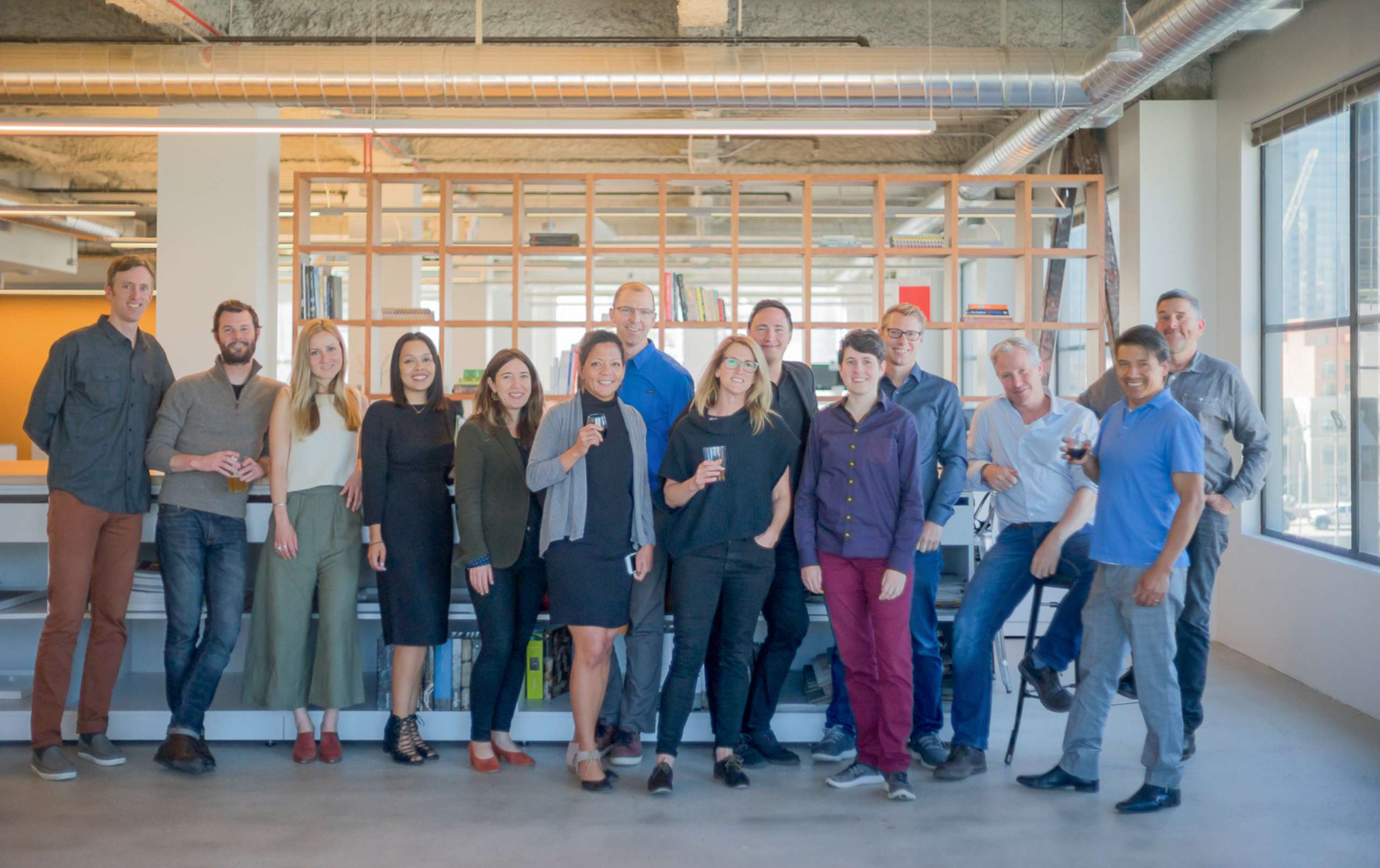
WRNS Studio Looks Forward with 18 Promotions
-
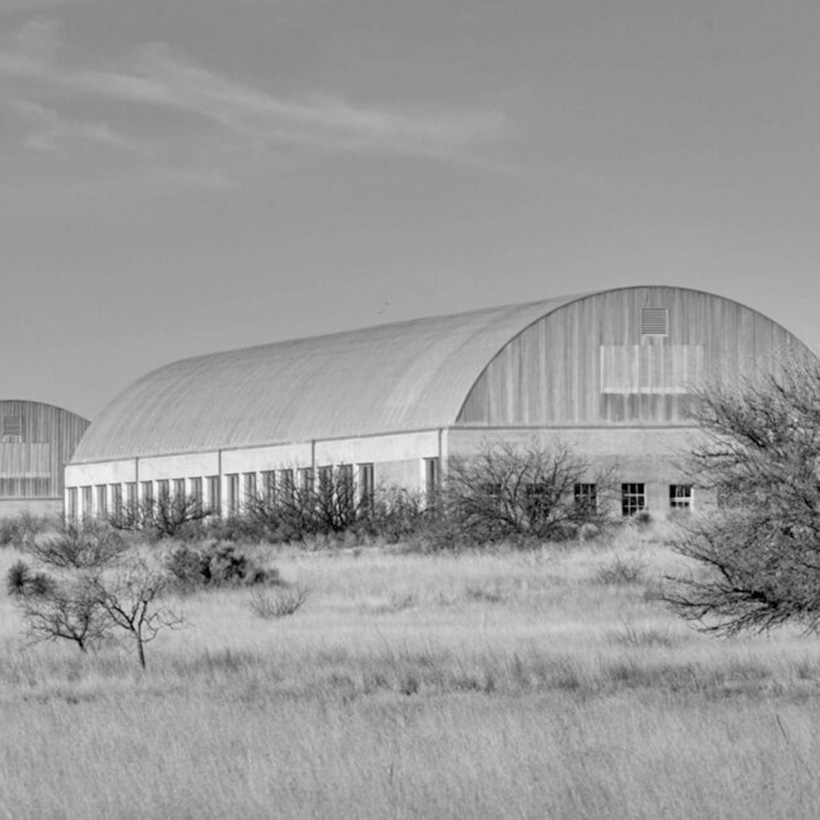
Marfa is a State of Mind. Art Mecca Step 2: Imagine
-
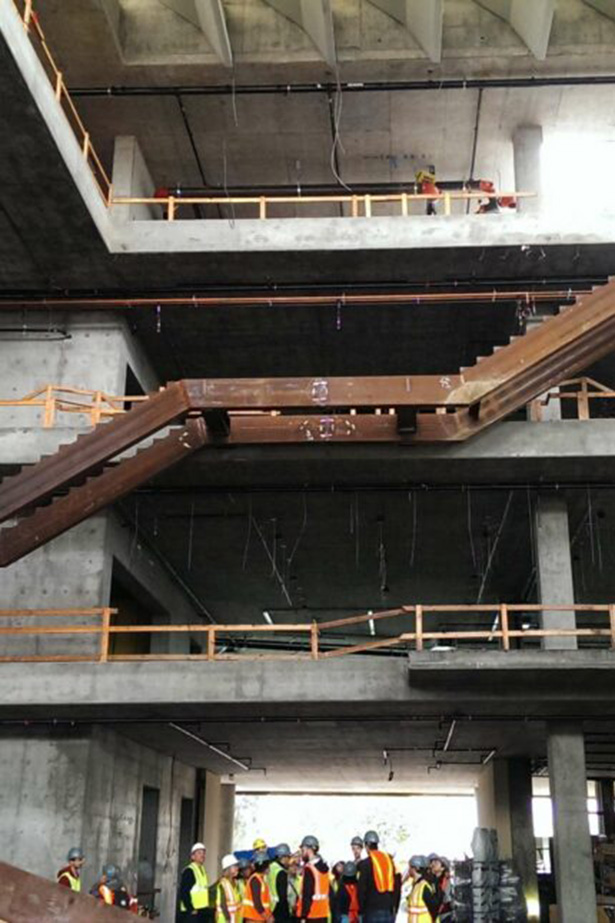
Construction Observation: An On Site Education
-
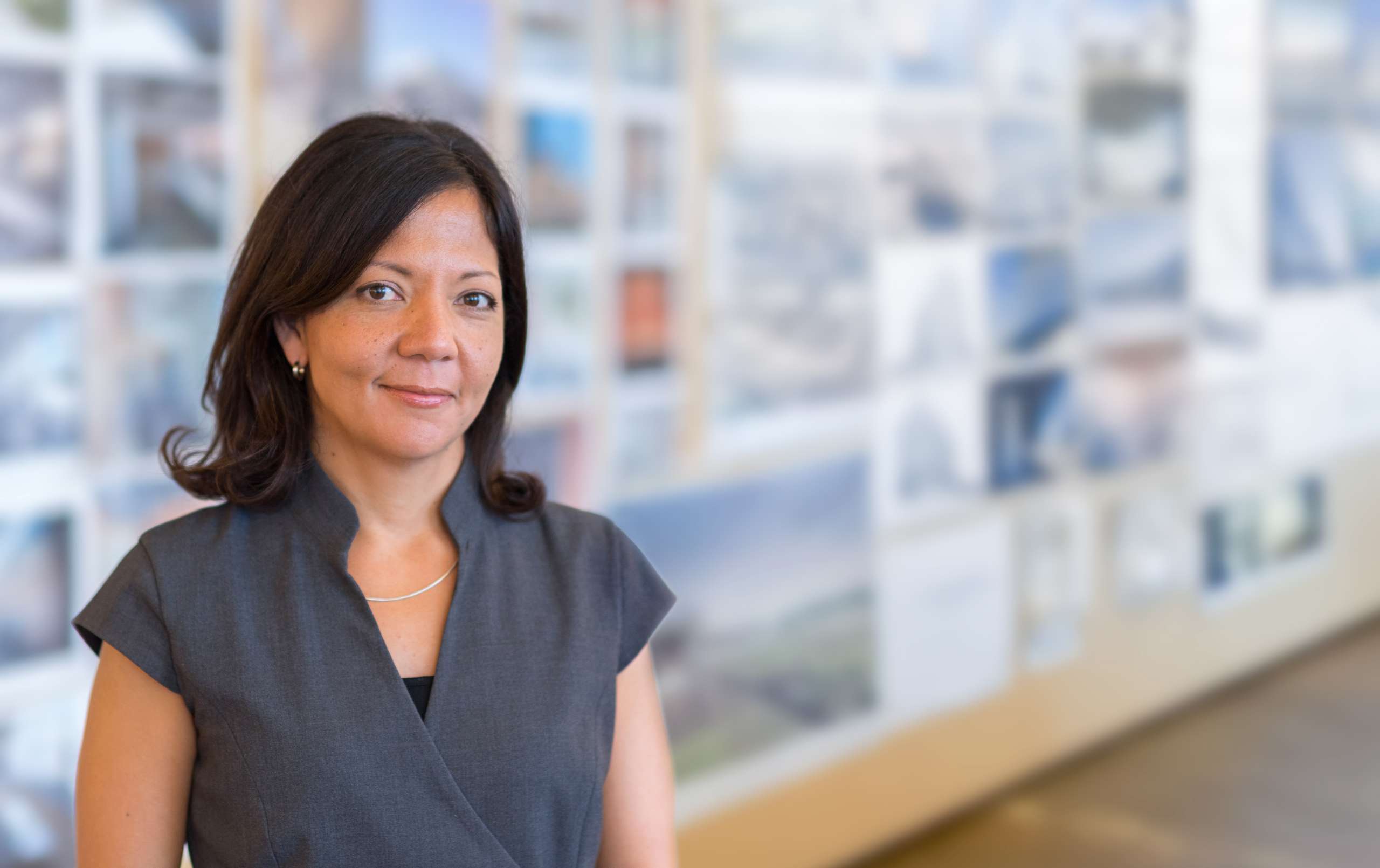
Lilian Asperin Named Partner: A Conversation on Inspiration and Equity in Architecture
-
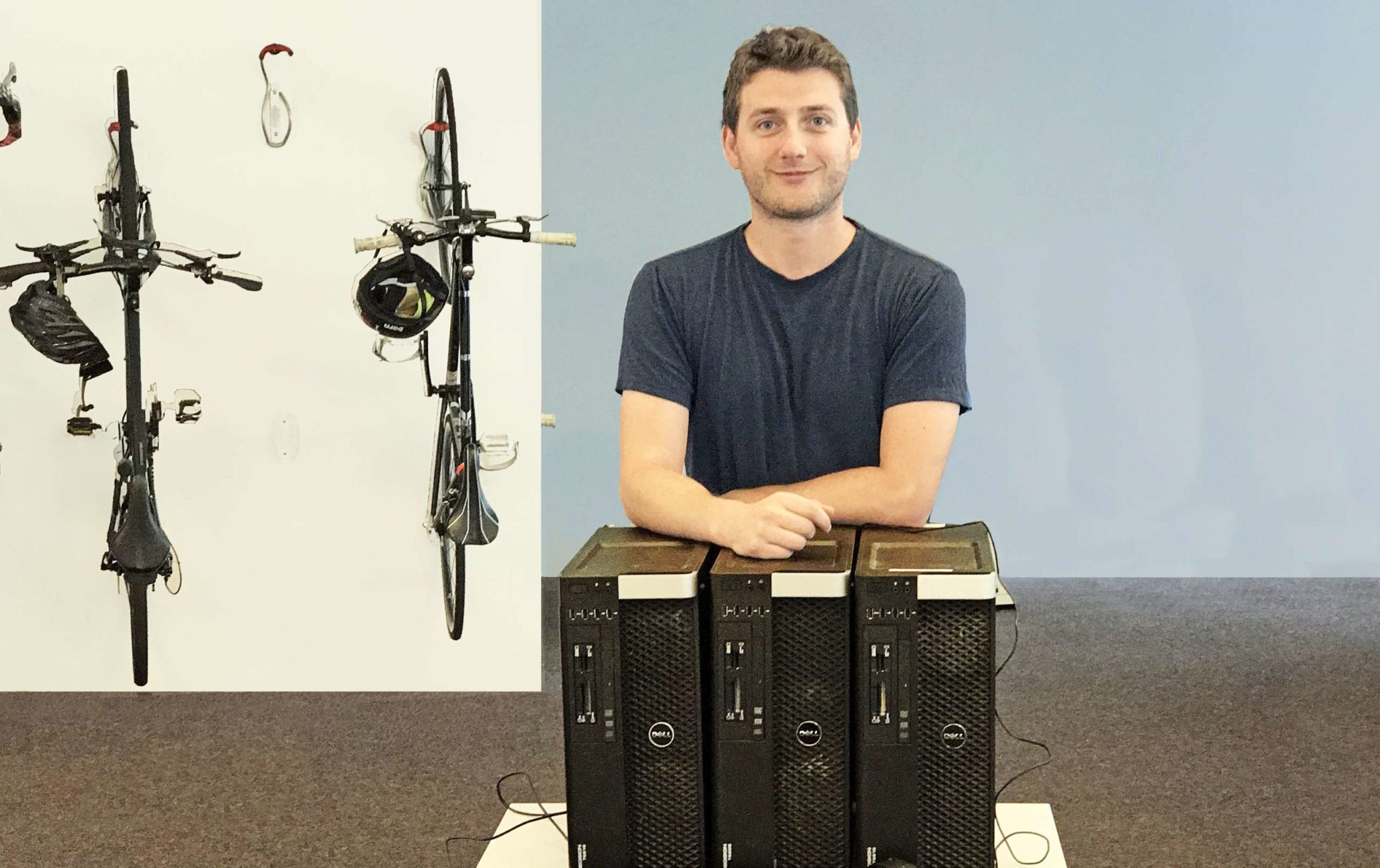
Breathing New Life into Hardware
-
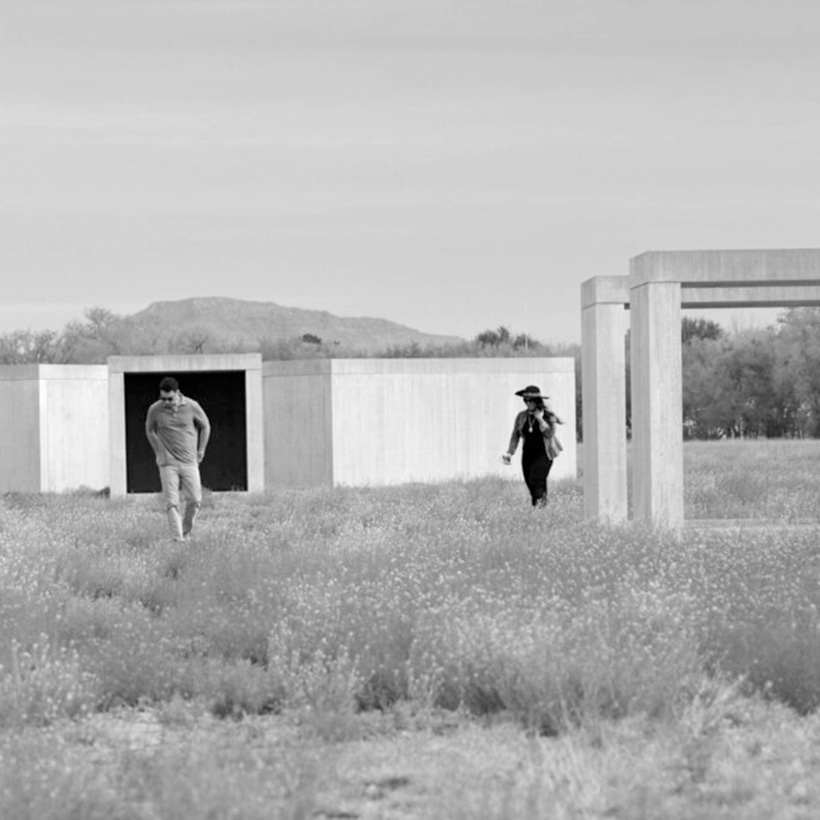
Marfa is a State of Mind
-
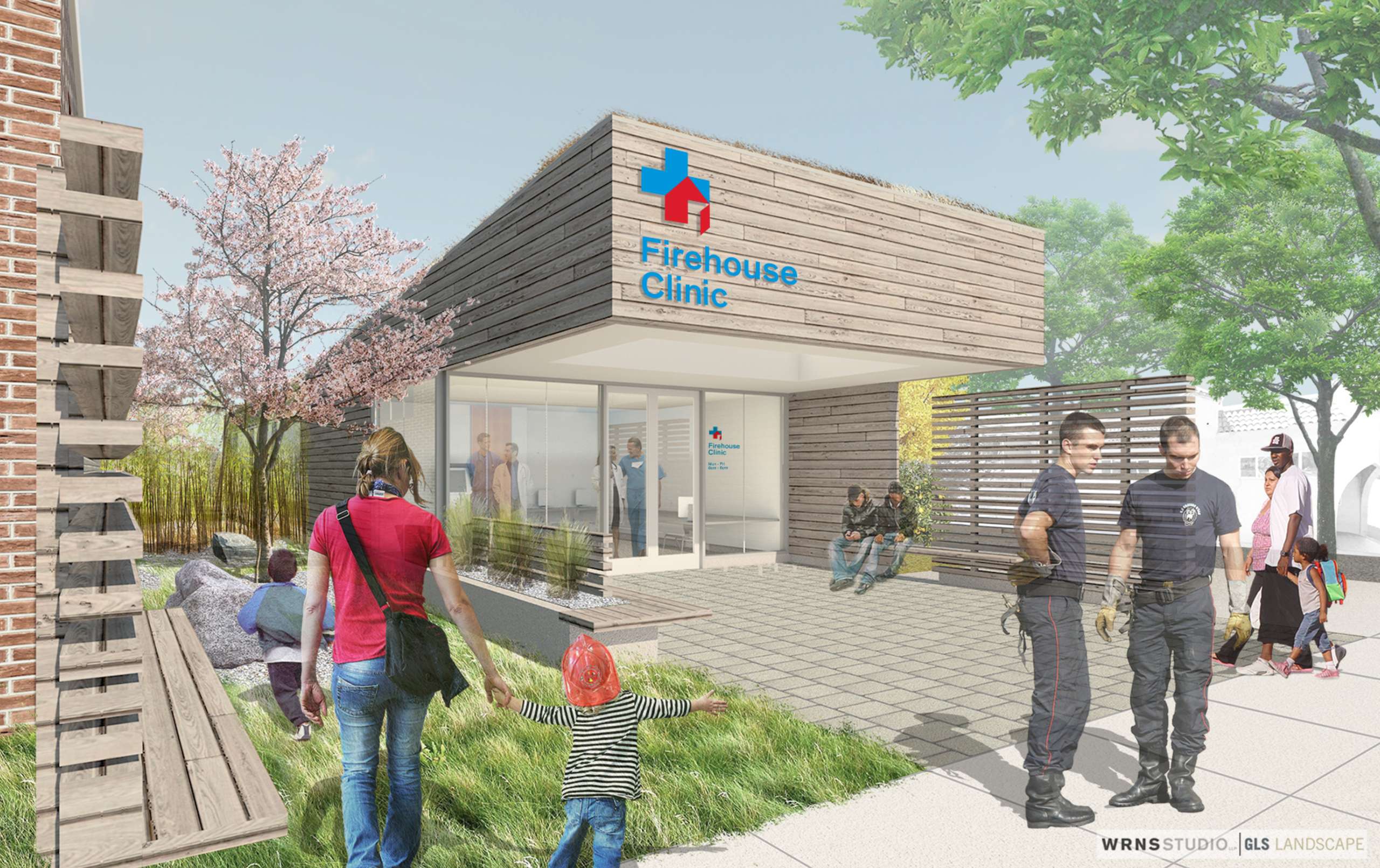
Firehouse Clinics
-
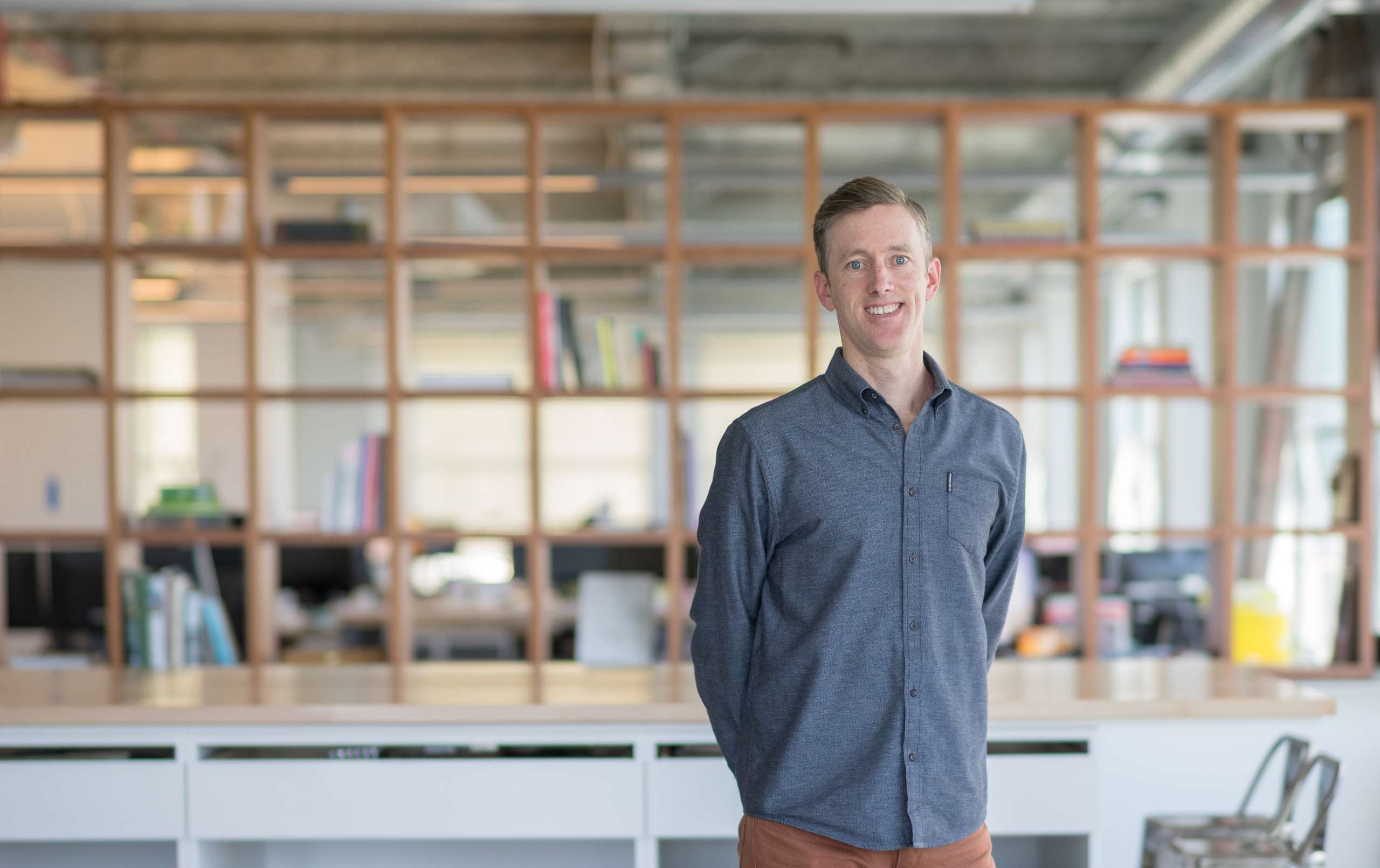
Tim Morshead Named Partner: A Conversation on Design-Forward Practice
-
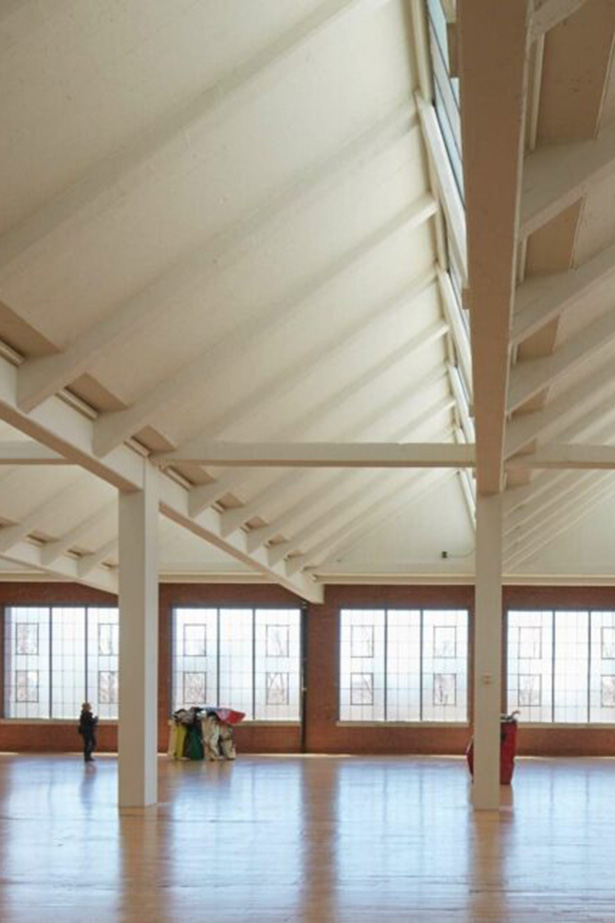
Light + Space: Irwin’s Portals of Perception
-
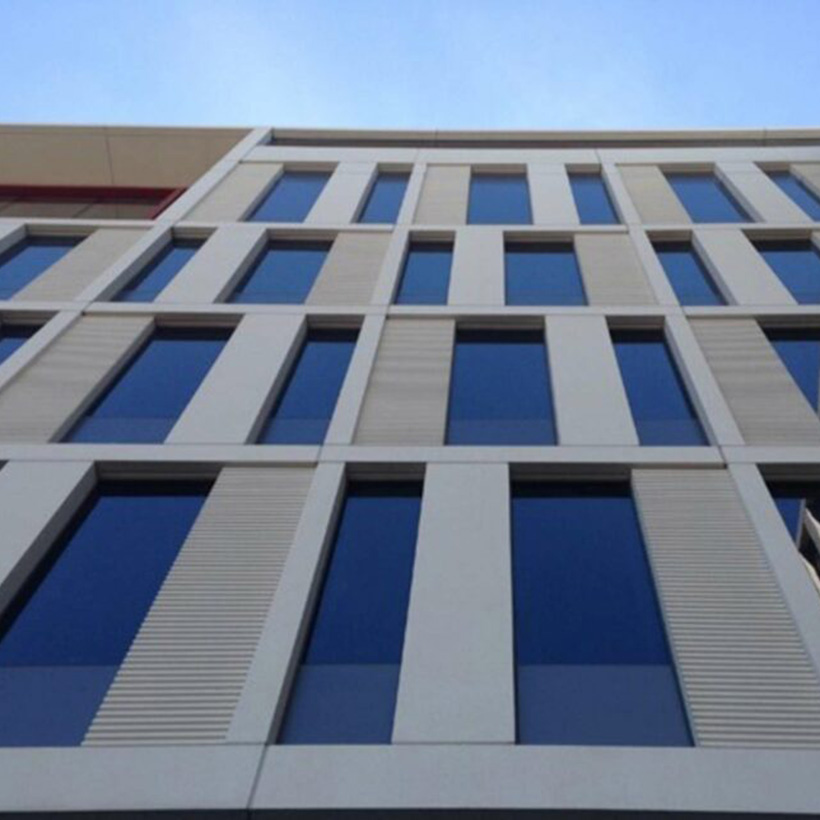
GFRC: Finding Poetry in the Practical
-
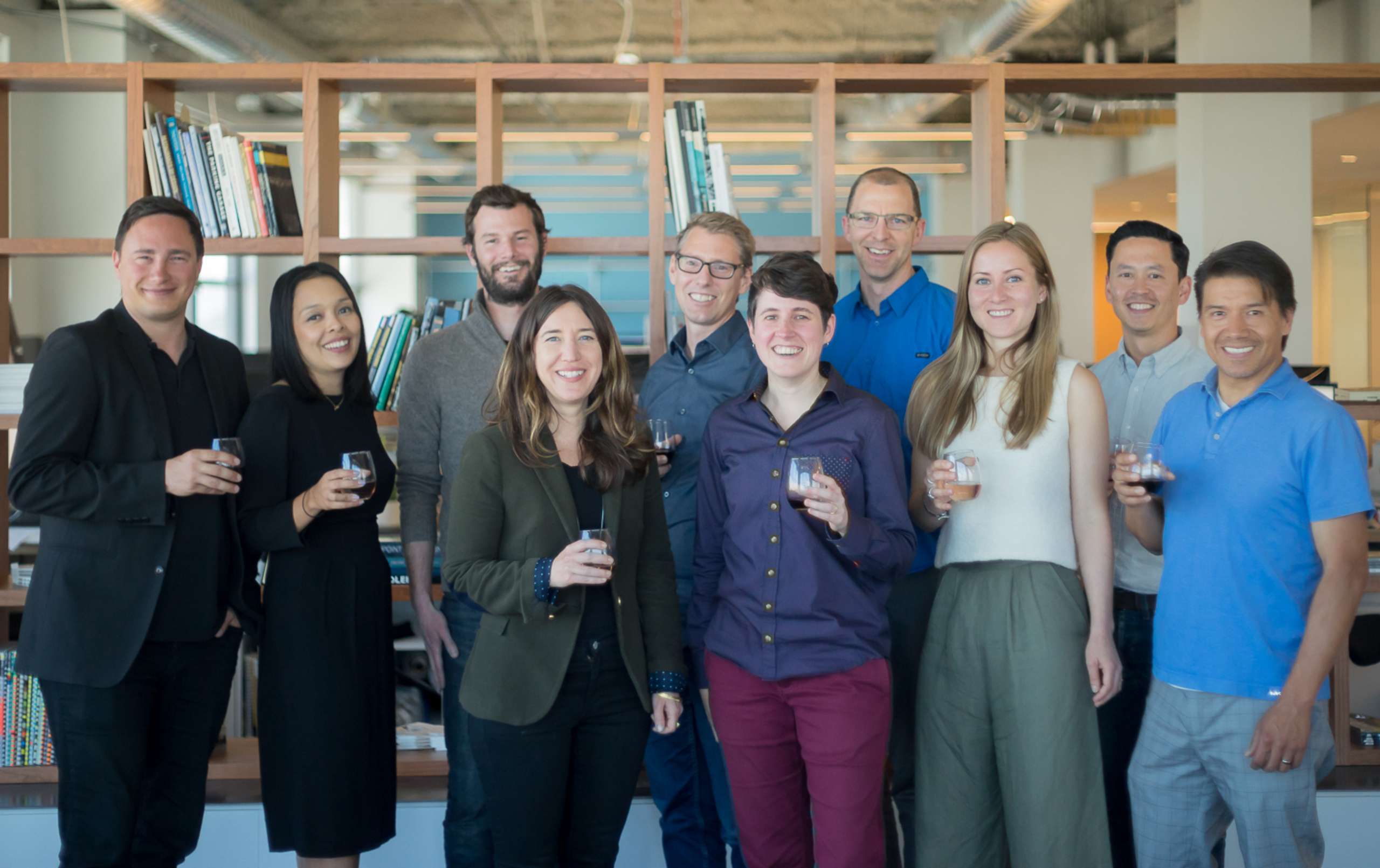
WRNS Studio’s New Associates on Leadership, Studio Culture, and What’s Next
-
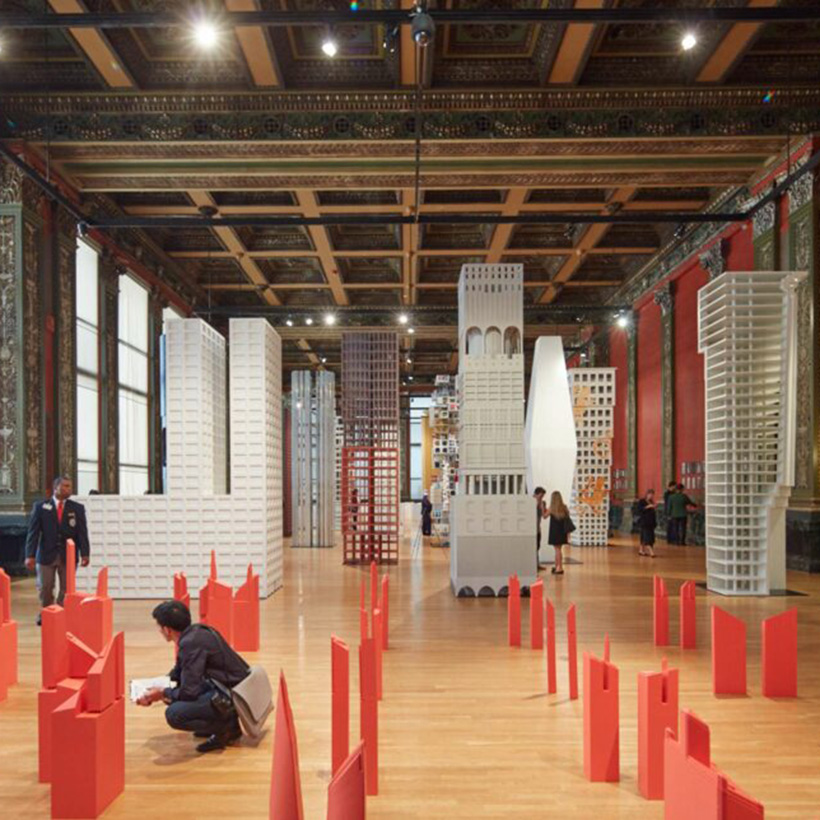
Make New History: A Vertical City for the Innovation Economy
-
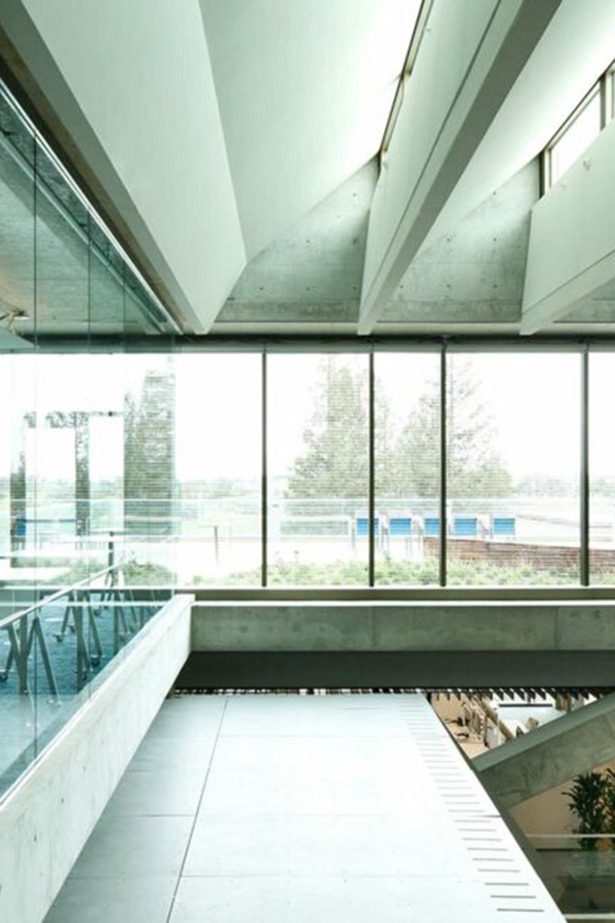
Clerestory Beams Play Light Off Shadow in Intuit’s New Marine Way Building
-
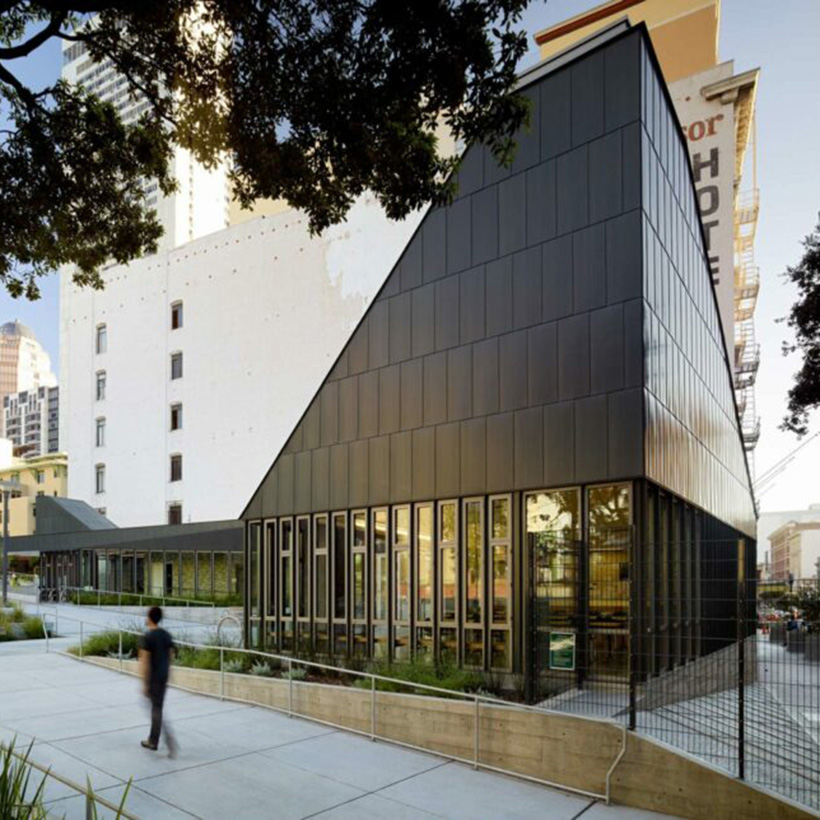
Opening Up Boeddeker Park: A Conversation with Brian Milman and Jennifer Isacoff
-
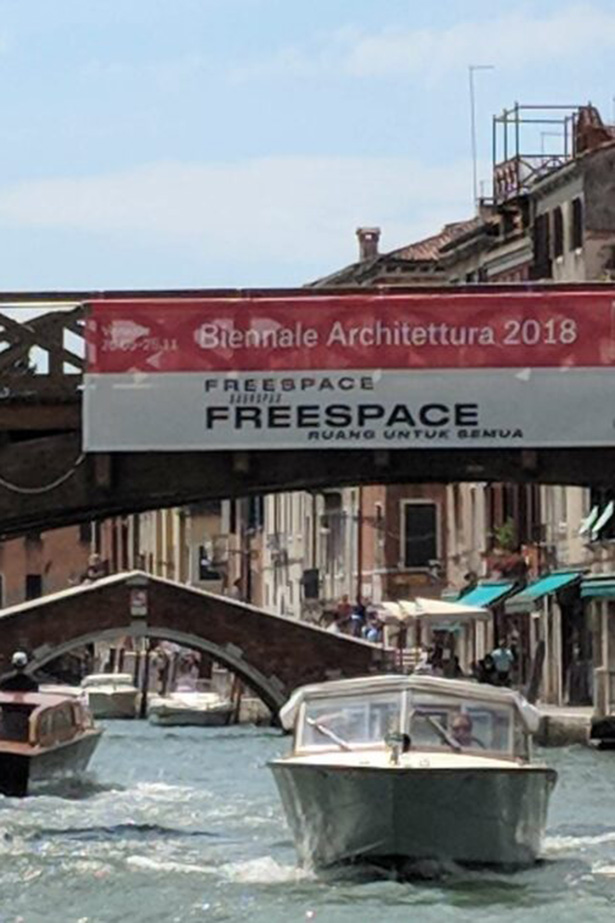
“Freespace” La Biennale di Venezia 16th International Architecture Exhibition
-
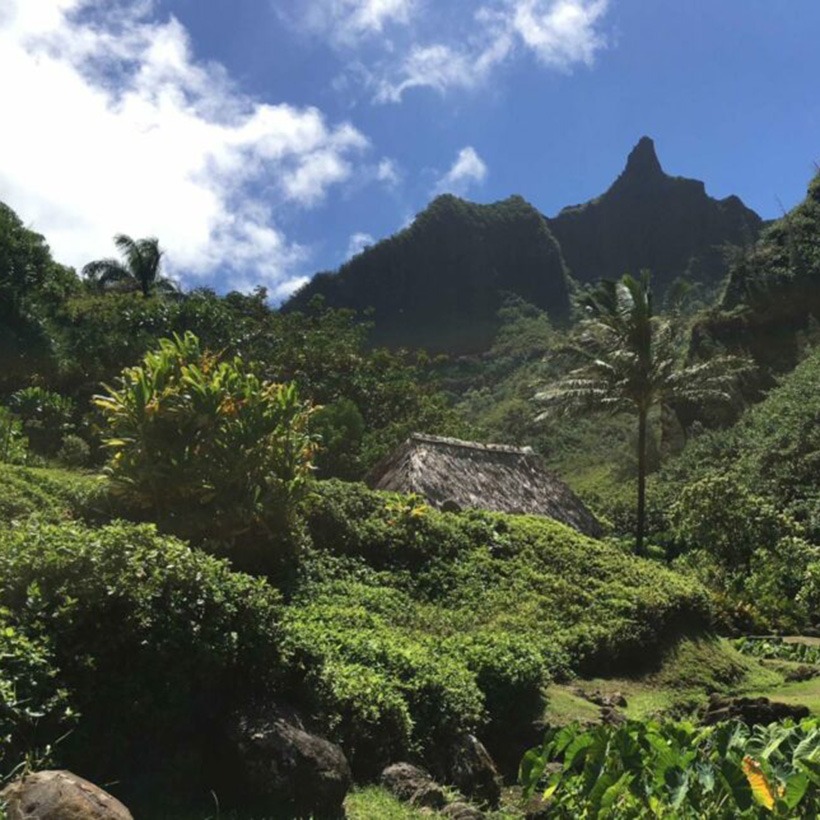
Malama Aina and Ho’oponopono: Reflecting on Hawai’i’s History to Look Forward
-
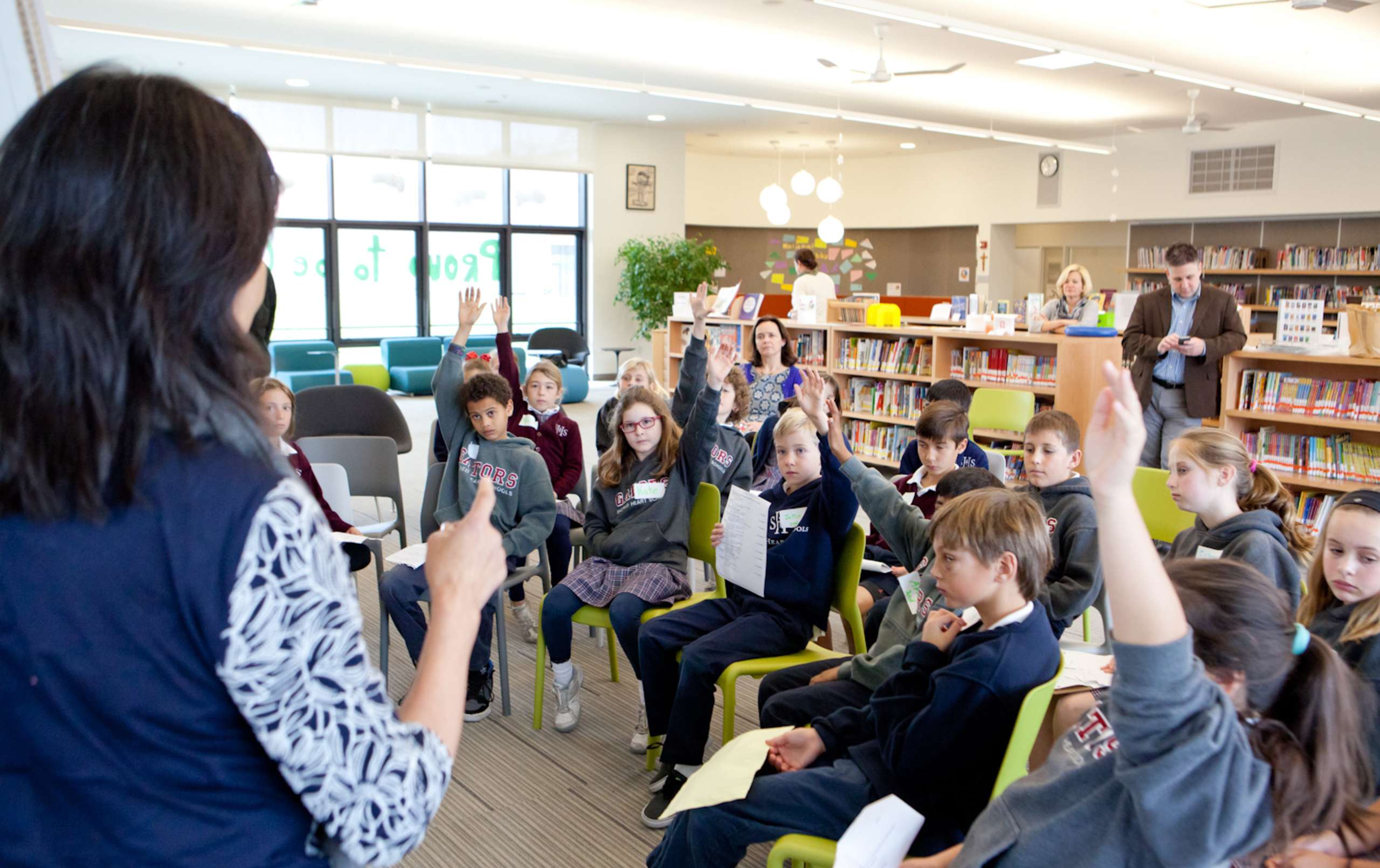
Paving the Way for Sustainable Education Design